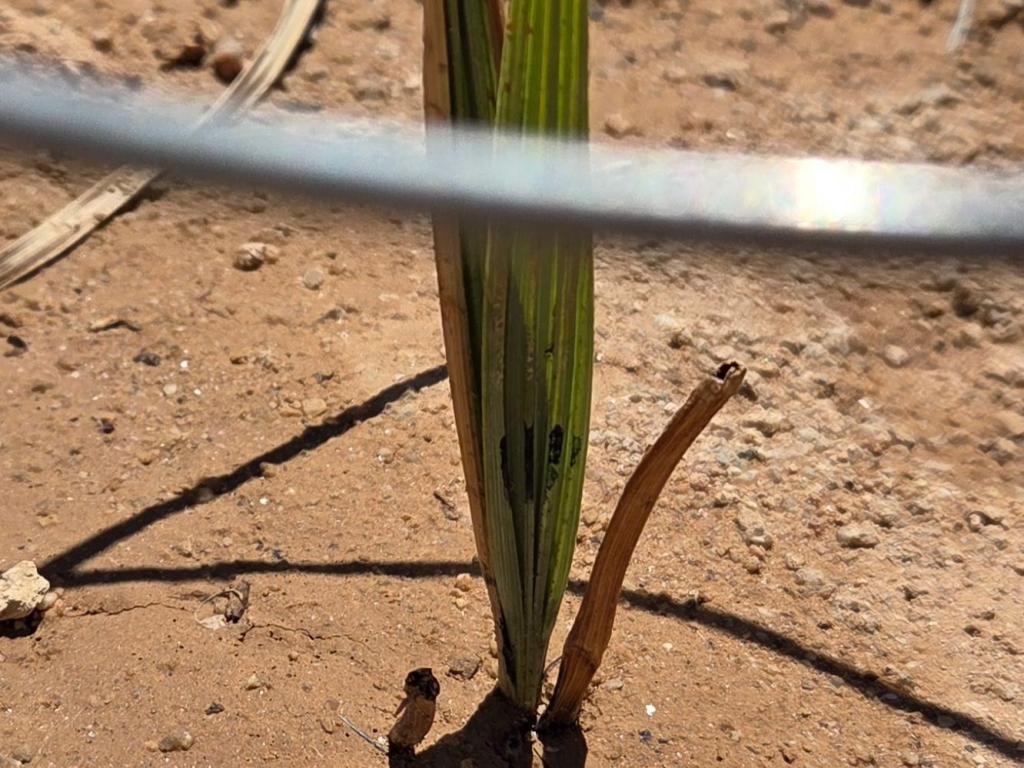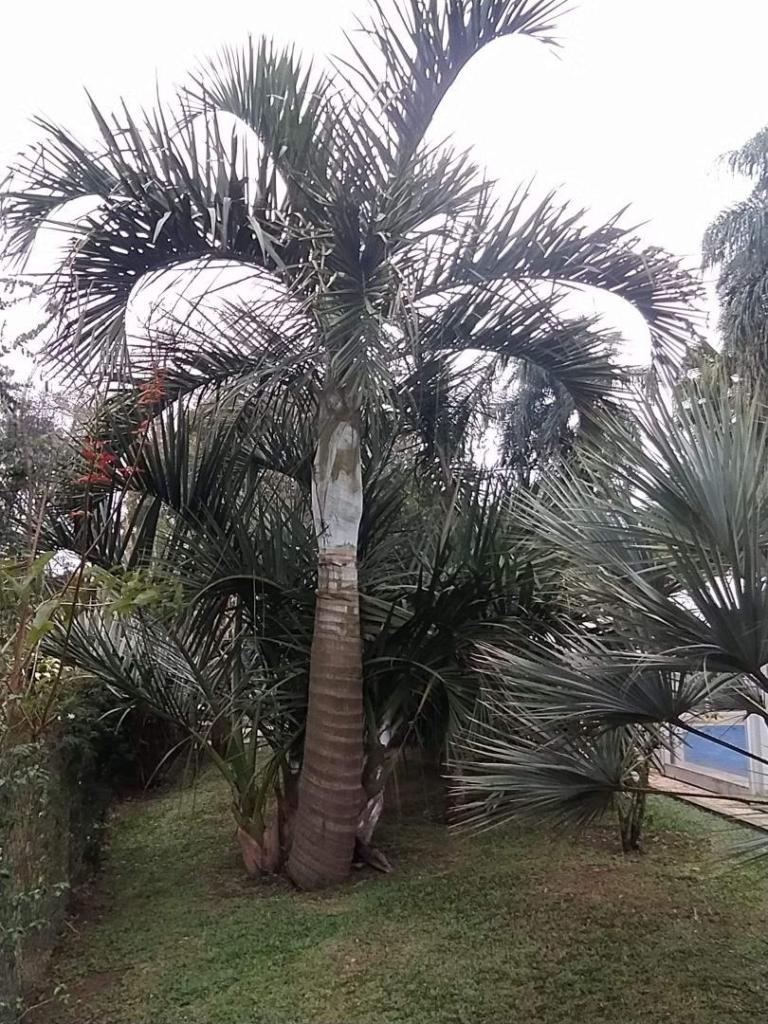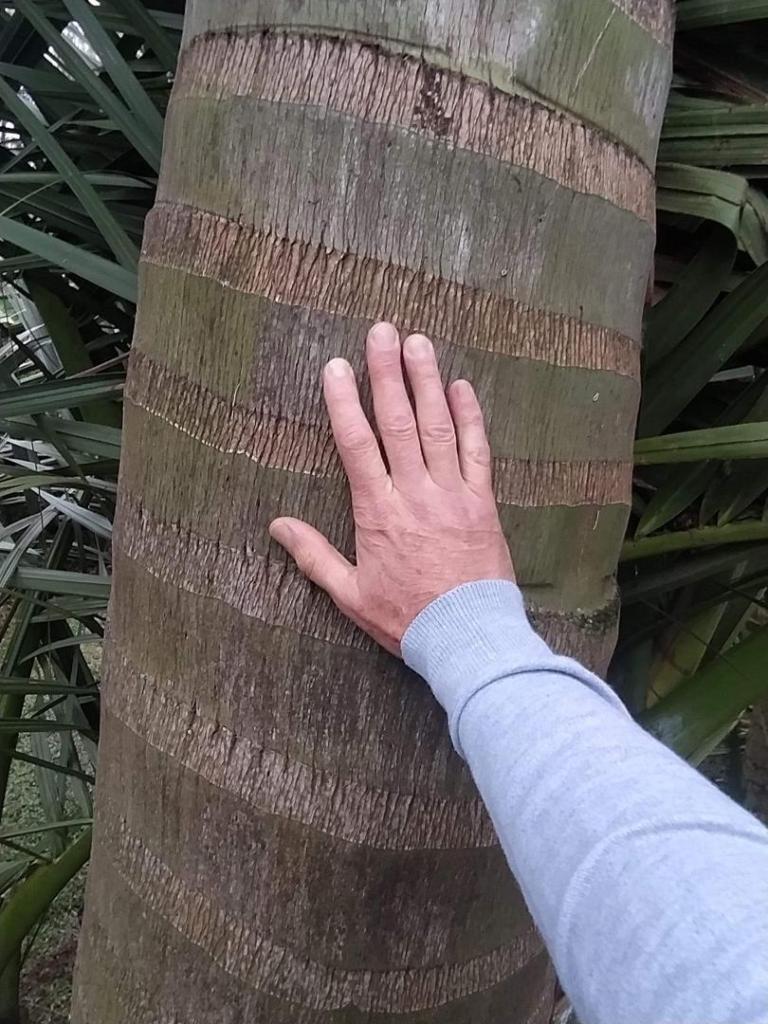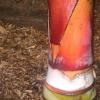Leaderboard
Popular Content
Showing content with the highest reputation since 06/24/2025 in all areas
-
I visited Karen Piercy's place this afternoon under the pretext of picking lychee. Of course, the real reason to visit was to commune with the jaw-dropping collection of massive palms. I posted a photo of this Corypha umbraculifera a few years ago, but it was even more overwhelming on this visit. The trunk has to be over 4 ft in diameter, maybe closer to 5 ft. Growing in deep Hamakua soil at roughly 1200 ft elevation overlooking the Hilo airport. Now you know why you don't often see these growing in suburban landscapes. Certainly gives Tahina competition as the most massive palm out there. It's probably still decades away from blooming. You may remember Karen and her husband, Dean, as the organizers of the 2004 IPS Biennial to Hawaii and helping again with the tour of the former Carlsmith palm collection during the 2022 Biennial. BTW, I filled my 5 gallon bucket with delicious lychee. That didn't make a dent in the fruit still left on the trees. Oh, the hardships of living in Hawaii...22 points
-
21 points
-
16 points
-
14 points
-
What a privilege to visit Phil’s garden and wholesale nursery (Eumundi Palms) on the Sunshine Coast. It’s something I’ve been wanting to do since moving up to Queensland more than 3 years ago now!!!. The stand out for me was this incredible Cyrtostachys renda hybrid (C. renda x C. elegans). Hopefully one day it’ll produce viable seed, and there will be no shortage of customers for the resulting palms I’m sure, as they thrive in the sub-tropics.12 points
-
The new larger palms that have been donated to the gardens have tucked themselves in well with all the recent rains. Kindly donated by Colin Wilson the largest ones and a few smaller ones by myself. A nice group planting of some joeys and a single kerriodoxa along with a lanonia dasyantha they are established and just need time to get up and growing. But there in the garden and will be gor the years to come.11 points
-
Some pioneer palms for the new garden, they will help in creating a microclimate, planting them along with a few trees will help to start a canopy. And also break up the harder more difficult areas to garden in, once the ground has shade in my climate it completely changes, more moisture means better growing conditions. You just have to make that start with new plants sooner or later!10 points
-
I couldn’t help myself in buying an original plate from 1896. It just goes to show that palms have been of intrest for a long time, and to stop by lord Howe island and collect seeds way back then they certainly had some great minds to think about the beauty of palms. Botany has always had its place in history and will continue to do so.10 points
-
10 points
-
9 points
-
9 points
-
9 points
-
9 points
-
9 points
-
9 points
-
Well I don't post much palm pics here (yet), but that's mostly because I only really got started on my palm planting in earnest a few years ago and until now never really felt like I had much pics of palmy landscape worth posting. Some of my palms are planted among grass and overgrown brush that desperatelt needs to be cleaned out. Anyways last summer I decided to take out 3 large (40 foot) Chinaberry trees that were planted in a row 20+ years ago. Palmageddon kilked them back nearly to the ground, but they then resprouted on the lower 15 feet or so of trunk. Those sprouts were epicormic and thus very weak jointed to the trunk. Once the branches would get to about 15 feet long they would tear away from the trunk and peel back 5 to 10 feet of the trunk. So last summer I decided to rip the trees down along with all of the brushy undergrowth. Here's some pics of that in progress. This past March I replanted that area, and beyond (not pictured) with palms, cycads, yuccas, agave, etc. Then since the area was now exposed to copious amounts of sun, the weeds exploded from dormant seeds. In the last few weeks I've been focused on pulling the weeds and mulching it in. Mostly it's a mix of pine bark mulch and rocks of various sizes, texture and color. The last pictute was taken 20 minutes ago. It only shows about one third if the entire area I have been working. You can see that even in that area I have not yet completed the mulching, etc. ... it's a work in progress for the rest of this summer/fall. I will add more pics as progress continues. -Matt9 points
-
9 points
-
8 points
-
8 points
-
I rank my "most wished for" plants by how many times I've stubbornly tried to grow them—despite knowing they’re almost guaranteed to fail. Here are my top three: 1) Verschaffeltia splendida My "white whale". I met a giant one in person at Rancho Soledad (brought in from Hawaii) and it has haunted me ever since. And once I learned they can survive indoors with perfect humidity and conditions, I became determined to grow one. I’ve tried everything—1-gallon plants, seedlings, even seeds. Each has died, but with every failure, I learn something new. I've sworn them off for a while, but after a short break, I'm sure I will kill again. ☠️ --- 2) Areca Vestaria One of my indoor 1G ones were looking glorious for over a year... and I've heard they can survive in CA in a PERFECT outdoor spot. So I'll likely try again. But no luck as of yet. 🤞 --- 3) Chrysalidocarpus leucomallus (Dypsis) One of the few Chrysalidocarpus I have NOT success with. I love the white trunk, but they are slow growers so wouldn't grow to maturity in my lifetime anyway... so I won't be trying this one again. 🌱8 points
-
8 points
-
A few proven winners going in the ground, even though winter is here they will be fine, they might sit still for a month or two but come spring and summer they will get a move on. Hopefully they tick themselves in for winter and hold until it warms up, either way they would be in the greenhouse and going through winter regardless. So first up a Pinanga coronata , ptychosperma elegans 2 of them, cocothrinax dussinia, carpoxylon macrospermum the one I repurchased, Crysophilla warscewizianus an unknown rainforest tree, pandanus variegated sanderi, and a satakentia liukiuensis. That should do for today and give the garden something to talk about with the new residents moving in!8 points
-
8 points
-
Hello and happy summer to all growers and plant lovers, thank you for a busy spring season! We are happy to share our new price list update, filled with new and enticing species, including the awe inspiring Marojejya insignis (pictured above in its Madagascar habitat) and more, including: Vonitra perrieri is one of the most spectacular palms in the world, the combination of its tropical stature and unbelievably plush soft red wool on its spathes make it a popular talking point in the garden. Seedlings available now at $8/ea. Check out our other Vonitra species as well! Heterospathe califrons adds a dramatic flair to any garden with its upright form and entire leaves, and is Benji approved. Available now in 4 inch size for $20. Ravenea musicalis is another mythical Madagascar palm that is one of the only species that is truly aquatic, as seen above in habitat during one of Jeff's trips. Rare in habitat and very difficult to find for sale, we will be shipping seedlings in pots for $20/ea. Order yours now while supplies last! Chambeyronia lepidota is one of the rarest and most elegant palms of New Caledonia, with its characteristic stiff leaflets and velvety red crownshaft. We are proud to be a part of conserving this amazing species and distributing it to more gardens. Other featured palms from the new list: Euterpe sp. 'Orange Crownshaft' Iguanura polymorpha Pinanga maculata Chrysalidocarpus sp. Hybrid - Jason Dunn (Photo by Jason Dunn) All these and many more are available now on our new price list! View Price List8 points
-
I would say that "exotic" goes beyond personal taste, and implies something that is also not commonly seen in gardens where one lives. Most palms would be exotic going by the strictest definition of the word for those who live in places where palms are not native. That said, here in Calfornia, a palm from Australia (Archonotophoenix cunninghamiana) or South America (Phoenix romanzoffiana) would hardly be considered exotic here given their abundant planting. That said, the question appears to be asking what species in Bay Android's specific geographic area would be considered exotic or "novel". My response would be to look around neighborhoods nearby for palms and cross of the species that one commonly sees. The best answers will come from people in the Bay Area who know what is uncommon up there, yet will survive in the specific climate zone. My guess is that the selection of the Chrysalidocarpus decipiens will be a pretty novel selection once it is established and gets some size to show off its distinctive form and trunk... patience is the key. Excellent selection! I don't know how it will do in the cooler climate, but Chysalidocarpus ambositrae is another beautiful normally solitairy palm here in California, which will be much faster and not quite as large that I would suggest trying. I believe that Darold has tried these in his significantly more foggy climate in the Sunset, which I don't think they liked.8 points
-
7 points
-
7 points
-
Last year I collected seeds of a mature Dypsis decipiens that I planted in my parents garden many years ago. The seeds were cleaned and I put them in the refrigerator for a few months, waiting for warmer weather. In december my son Leonard ( who studies agronomics) planted them out in big pots. Maybe 1/4 of them germinated and today he and his sister Lydia transplanted 51 seedlings in individual pots. The first brazilian "manambe palms".7 points
-
I took some more random pics of that area of my proprty that I posted up a few posts ago. Like I said, still a work in progress and some stuff that was planted in a few years ago before I cut down and dug out the Chinaberrys are complety overtaken with grass and weeds .... that'll be the last area I get cleaned up. It's literally pull some weeds around one plant, dump bag of mulch, move onto next area and rinse and repeat ... and of course it's hot in the sun. Enjoy. -Matt7 points
-
I lied about my Bismarckia it’s about to open it’s 6th frond and spear on number 7 is about 2/3 out. Inhave four older fronds with some tip damage so I think I’m going to remove them. Here’s a few of my baby palms. The only palm that is taller than me are the Washingtonia that have grown like crazy. The one on the middle has put out 16+ fronds since the cold spell. There are two different crosses of Butia and Jubaea, a P sylvestris, Sabal uresana and a CIDP that was a strap about 1.5 years ago.7 points
-
We have been getting quite a bit of rain in June which the plants really love. It’s a good relief from the high alkaline irrigation water that they get for most of the year. The only down side of the rains are they can burn a new flush once the sun breaks though after being wet for an extended period of time and new flushes can be devoured by the insects that hatch from the rains. Some of the new flushes around the garden.7 points
-
7 points
-
Your Coccothrinax should do really well in south Florida without much attention. I’d water them a bit during long dry spells in the growing season and feed them a few times a year but they are pretty hardy. Whether to amend the soil really depends on your soil. I grow several different species of Coccothrinax and find that they like lots of non organic material. I use a lot of sand and pumice with a bit of organic like compost and coco coir. Adding a bit of slow release fertilizer will help with any doubts about how often to fertilize. Also, make sure the soil is well drained. You don’t want them sitting in water after heavy rains or sitting in water in an area with a high water table. Here are a few of my Coccothrinax,7 points
-
7 points
-
7 points
-
That time of the year again when my adscendens start flowering again. So time to collect a bit of pollen, I have been making observation of this make flower daily and today was the day. So the usual place the flower in bag and a couple of taps on the bag and we have pollen. Then of the girls with only one ready, placed the bag over and a couple of taps again and pollination is underway and let Mother Nature do her part in the deal. It’s a good indication when they flower the last lot of seeds are ready, I will wait as long as possible for the seeds to really mature.7 points
-
I wanted to give people a heads up that 4” plants of this Mystery palm are now available on the new Floribunda price list. So if you were not able to get seed from me last year, but still want this plant, you can order them from Floribunda. It’s listed as “Chrysalidocarpus Sp Hybrid - Jason Dunn”.7 points
-
An easy way to get a few more rhapis for the garden is by taking a clone or two. Nothing special is involved in taking the clone just select the pup your after and simply cut it off from the parent plant, all you have to do is make sure there is a few roots on the pup you select and cut away until your heart is content, then just simply tear the pup away and bingo new plants. A great way to multiply rare rhapis or variegated ones. Then it’s simply pot the little tacker up and place in the greenhouse and forget about. Then the next time you stubble upon it Bobs your uncle and you have a new palm!6 points
-
With so many new palms in the greenhouse I wish to give them a bit of a head start in life, and what better way than to make raised beds by terracing the slope . Creating two affects new real estate for palms and by creating a swail affect for retaining more moisture. Iam sure there will be something in the greenhouse to plant out6 points
-
6 points
-
6 points
-
6 points
-
Only three , really? OK hmm . Cyrostachis Renda , Licuala Grandis , a nice big “Joey” ( love the palm but can never remember the actual spelling ) Harry side note : @iDesign I have been to Rancho Soledad and saw the Vershafeltia about 25 years ago . It was my first introduction to this palm. Recently , in the glass house at The Huntington , a stunning example! Harry ‘Sorry , no decent photo of the rest of the palm . It can be seen by rubber necking but I’m not a good photographer and my iPhone X wouldn’t capture it! It appears there were two but one had died and the base of that one is all that remained. I really encourage folks to see that glass house and palm garden as well as all the other gardens . It is really an all day excursion , worth the effort. Harry My new Joey, even comes with a name tag! 😂6 points
-
6 points
-
6 points
-
6 points
-
Well it's not much but it is positive growth. These were from the batch of seedlings that Kinzjr had for sale last year. When they arrived here in Arizona they looked perfect and were packed very well. They did not acclimate to my cultivation techniques and started to go south. I put them in the ground a few months ago knowing they'd be happier there once Summer started. Now that we are hitting triple digits everyday, this is what they love, they're starting to grow again. I'm glad to see Positive Growth that means they are still alive.😁👍🏼6 points
-
6 points
-
5 points
-
It looks funny and wrong but it’s actually true that some palm species like Washingtonia can still thrive when planted deeply as shown. I’ve seen it done here in California. Their trunks will send out roots wherever they make contact with soil. Their trunks also routinely break open above ground and send out aerial roots when exposed to regular moisture. Chamaedorea species adapt well to burying their stems in soil and will send out roots from any part of those stems making contact with soil.5 points


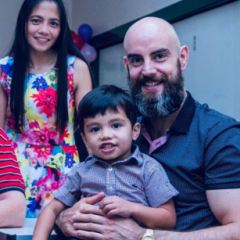

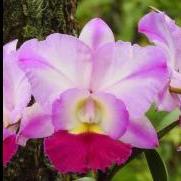
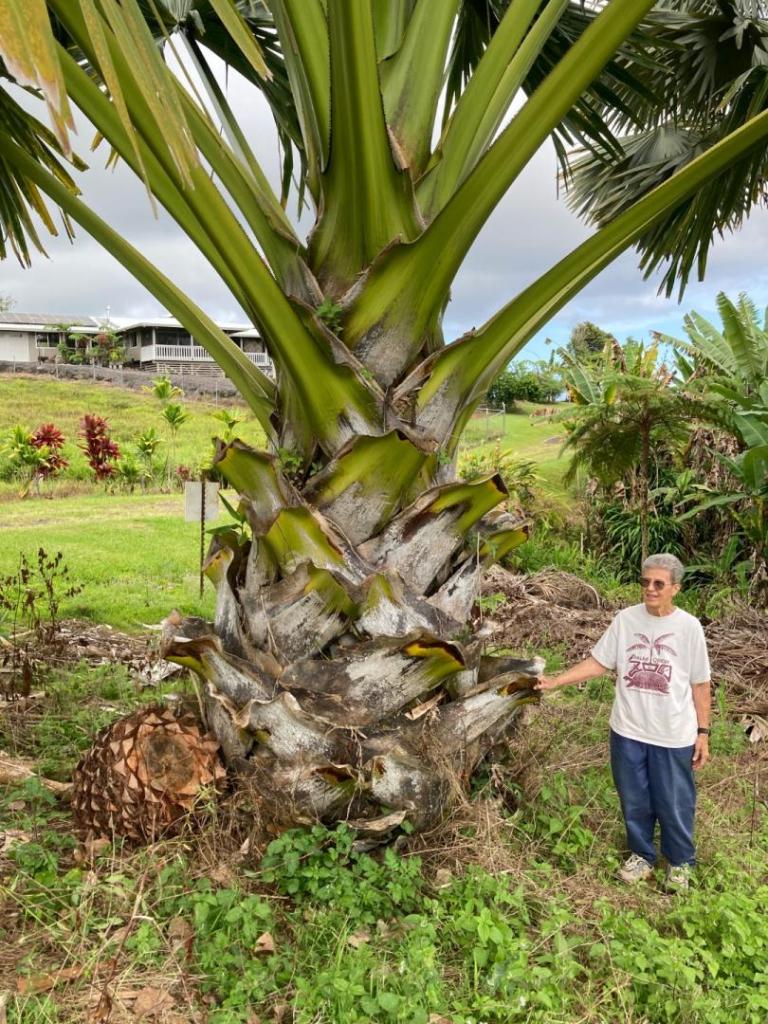


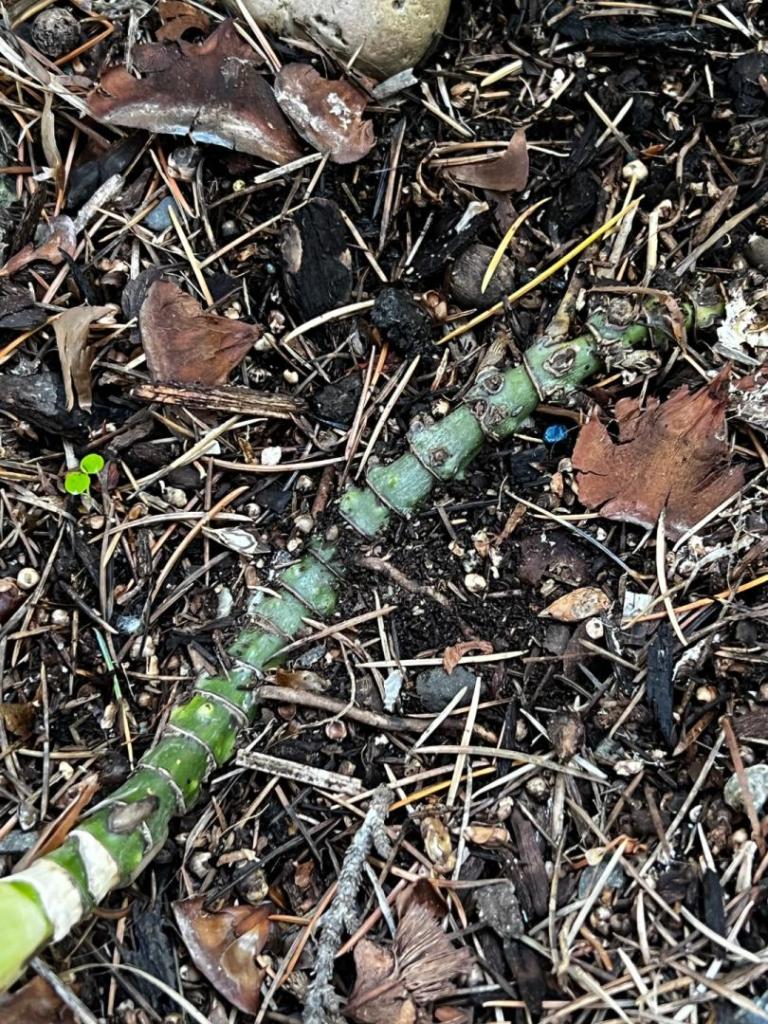


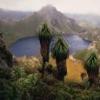




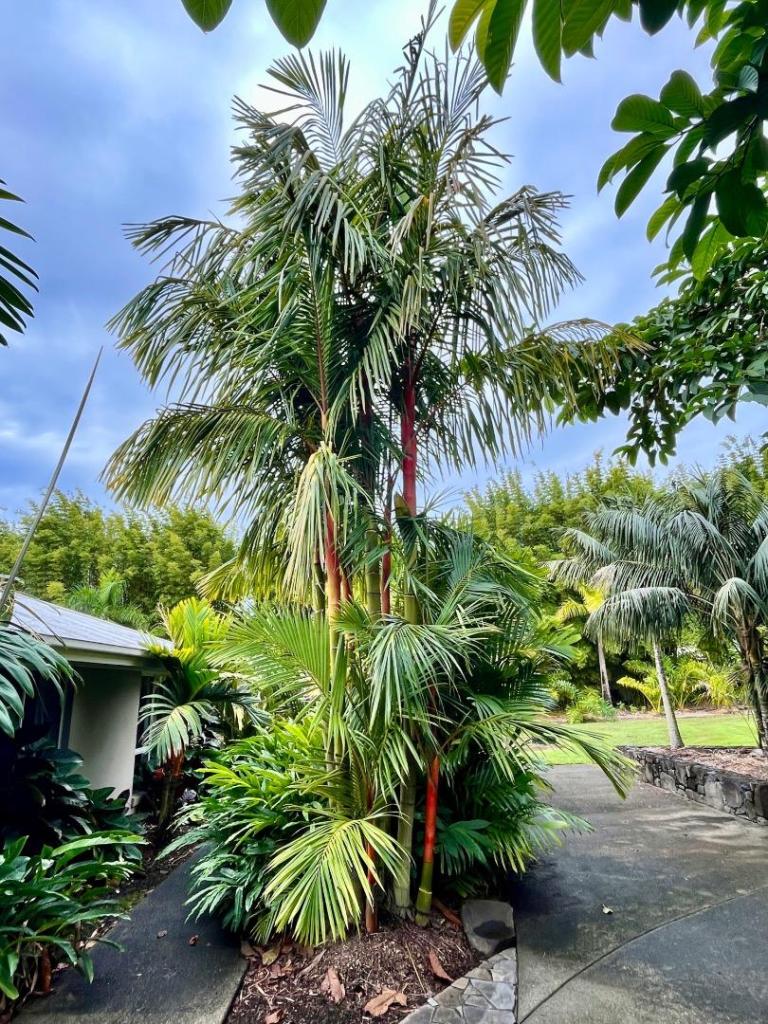
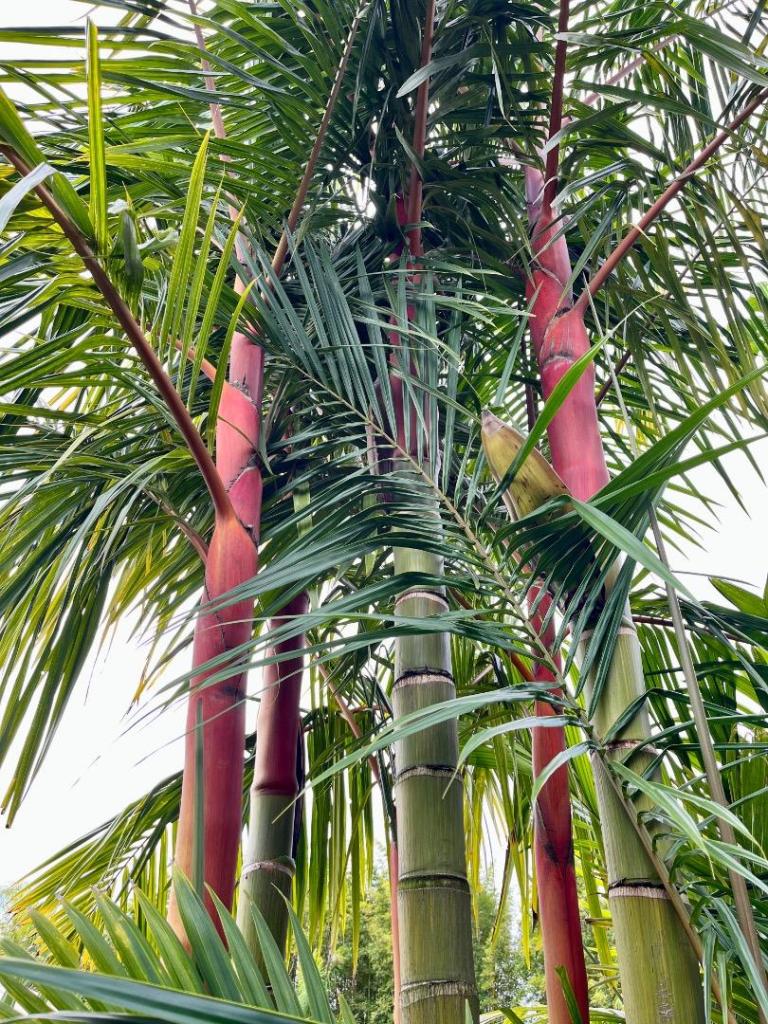




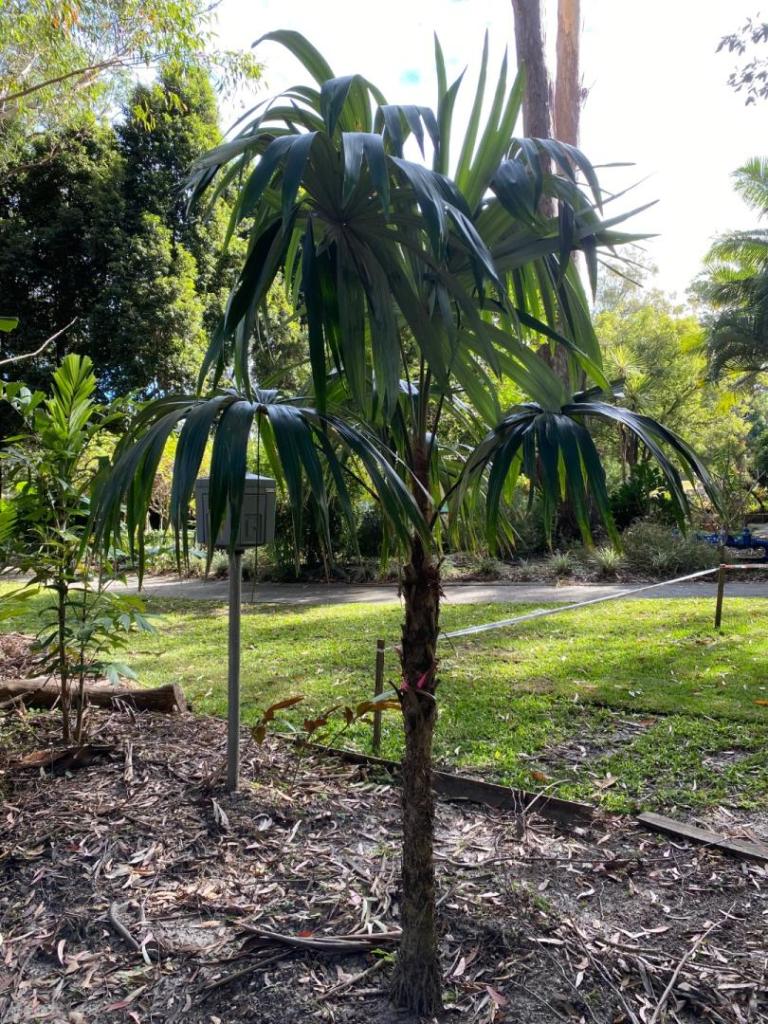



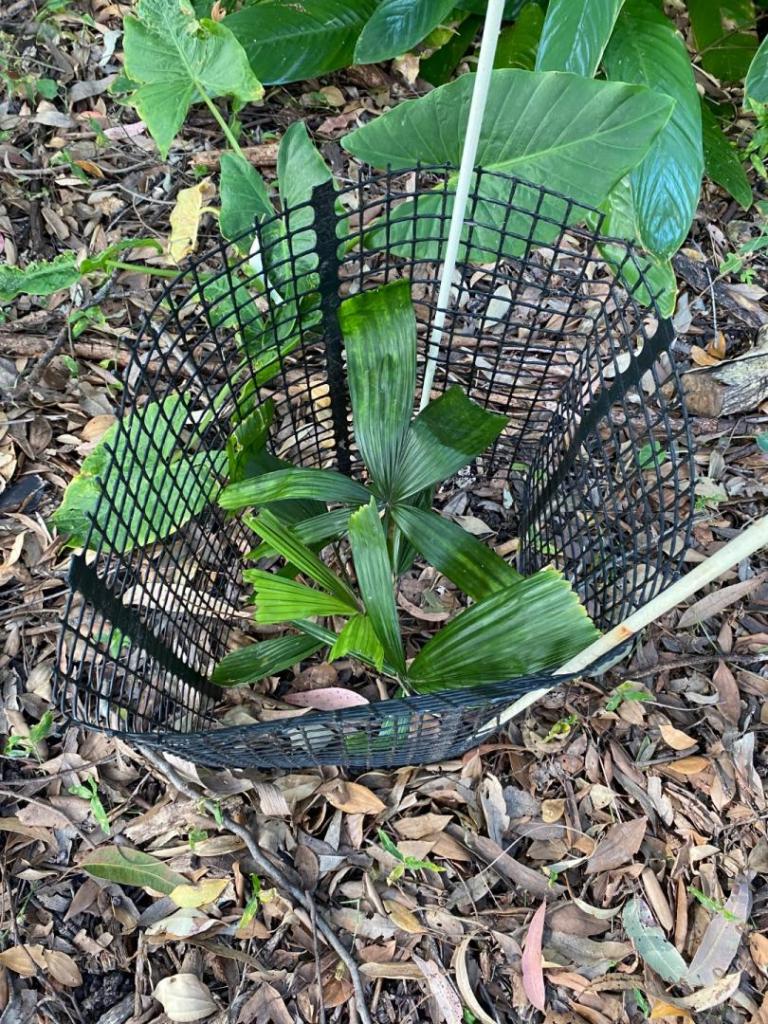


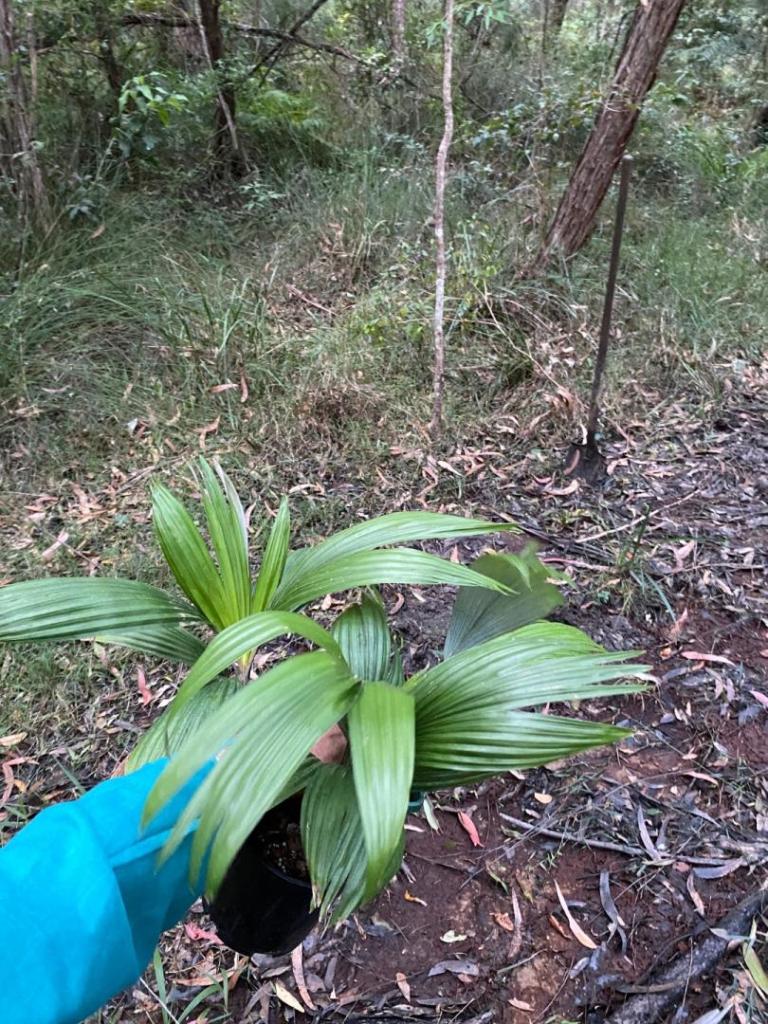

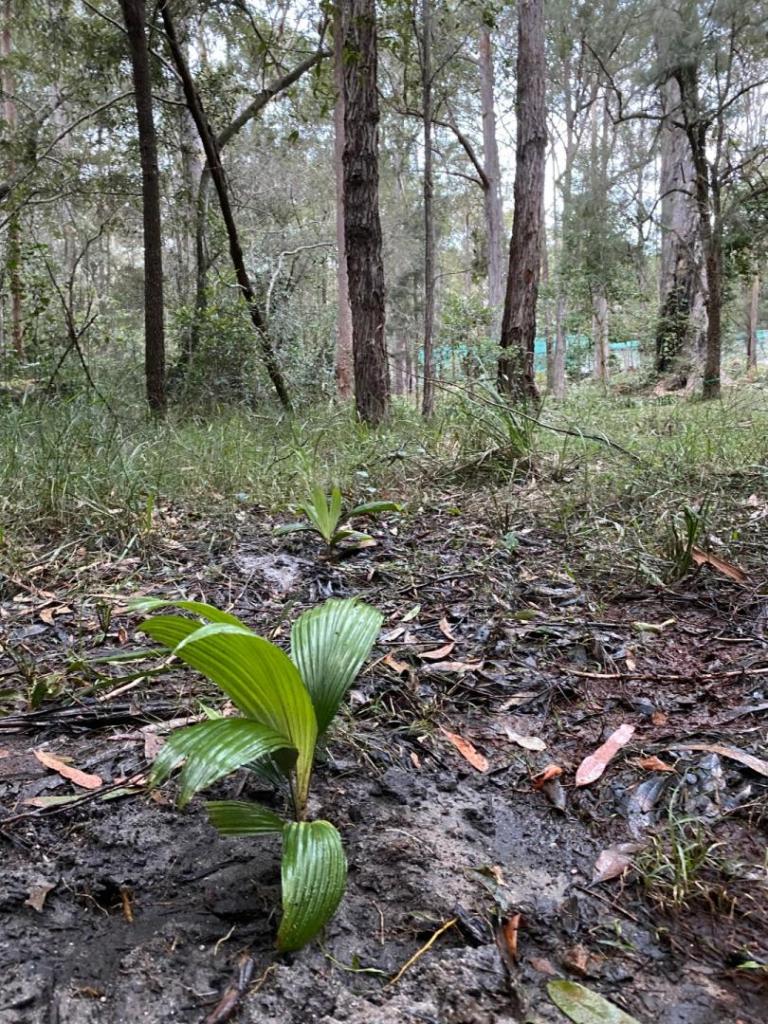


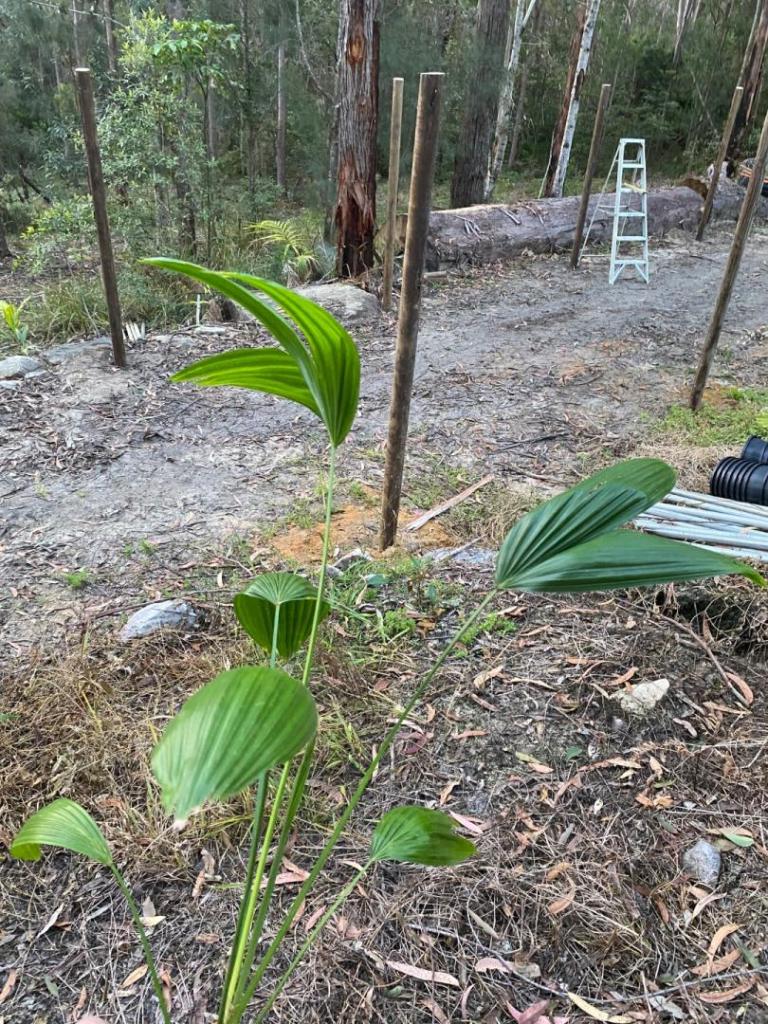










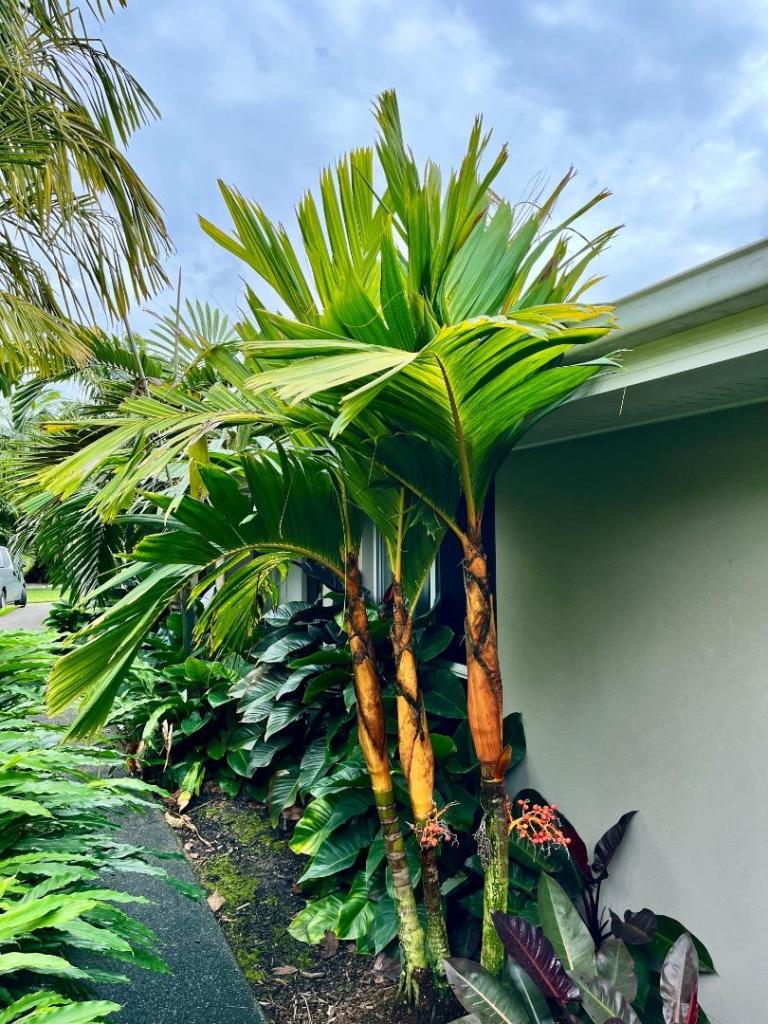





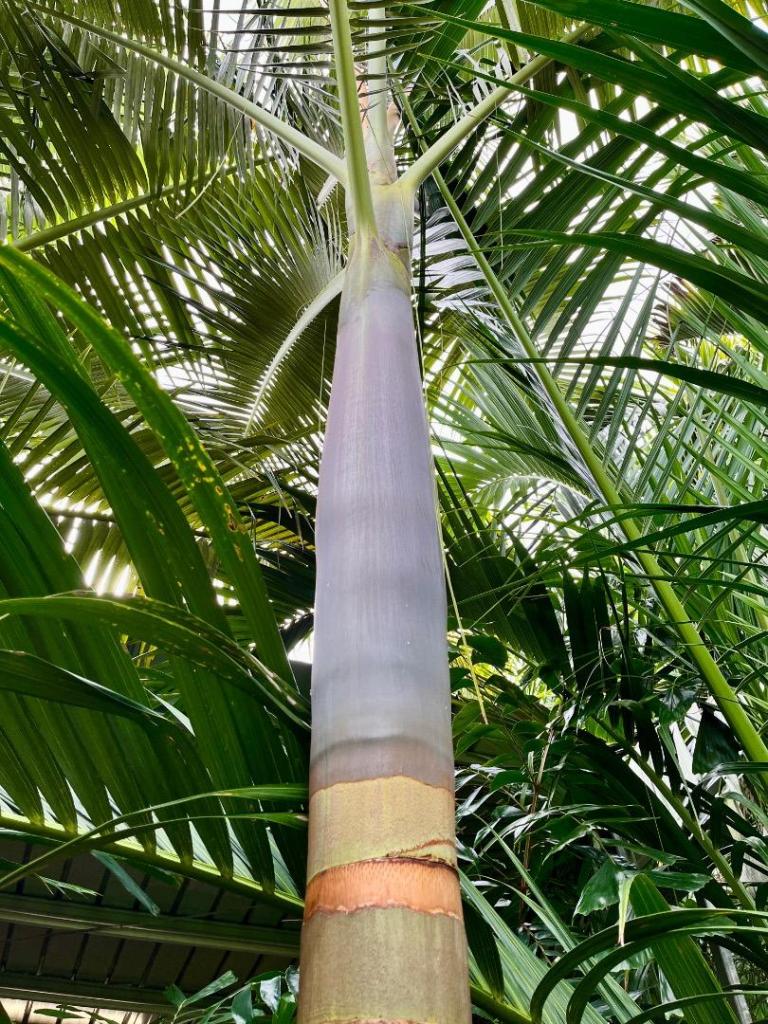








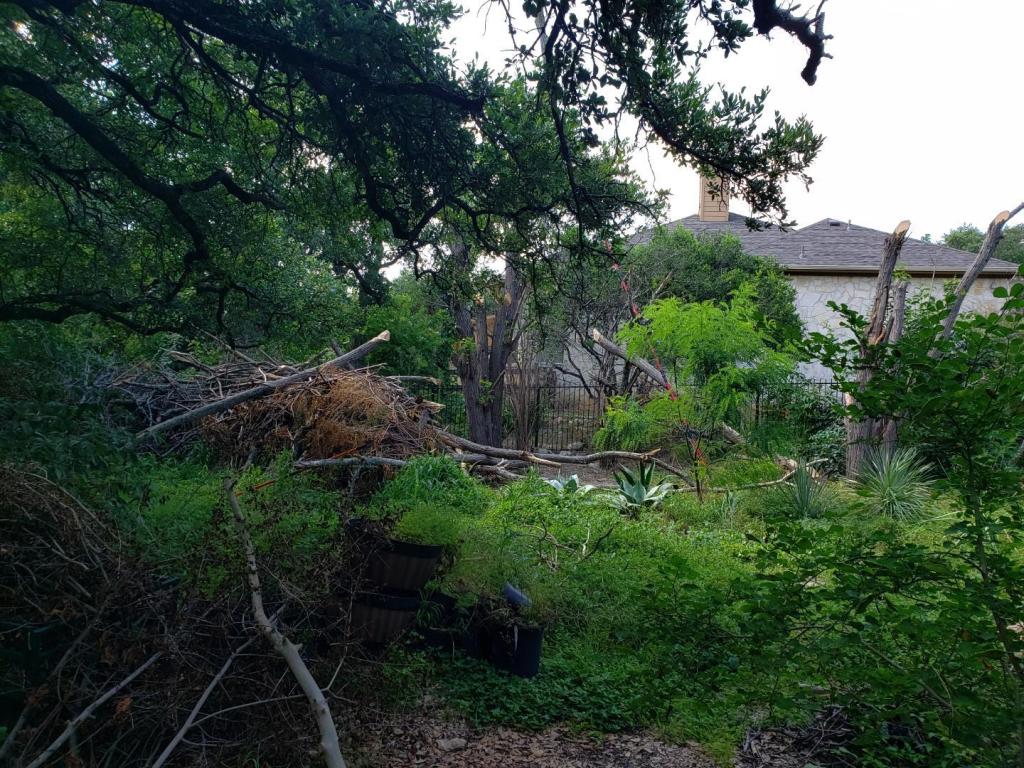

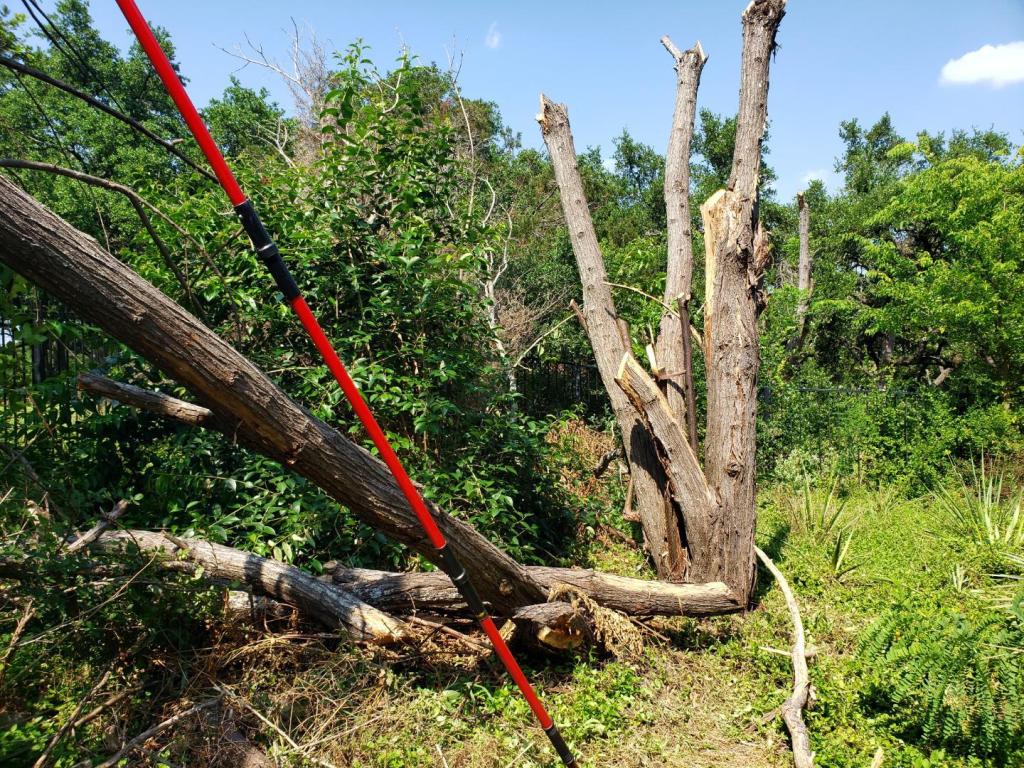







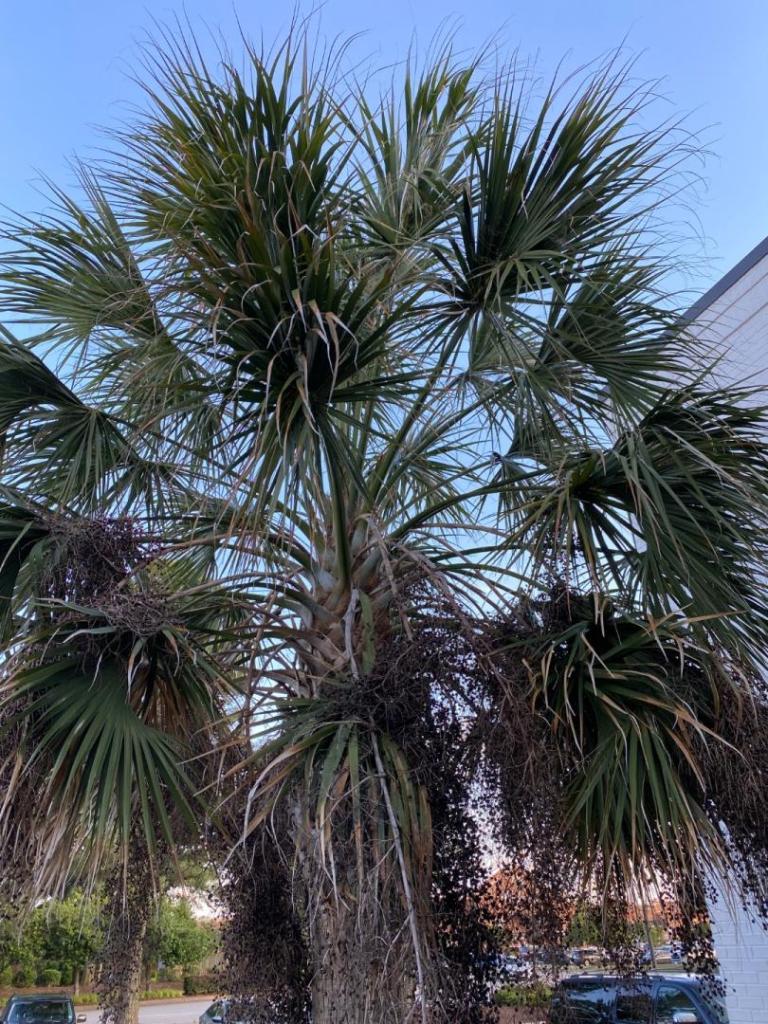







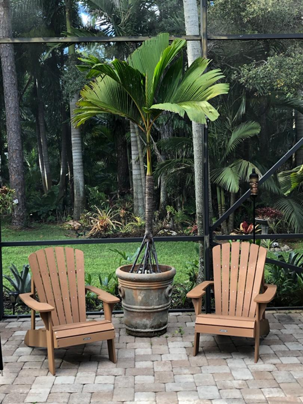
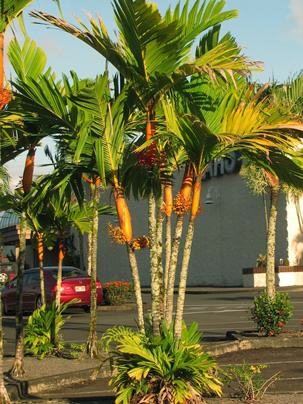
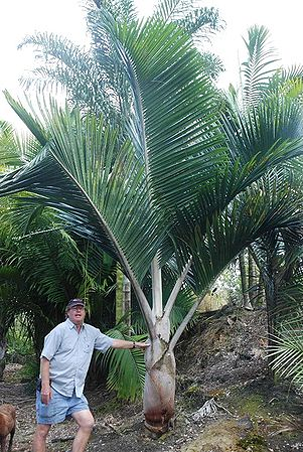















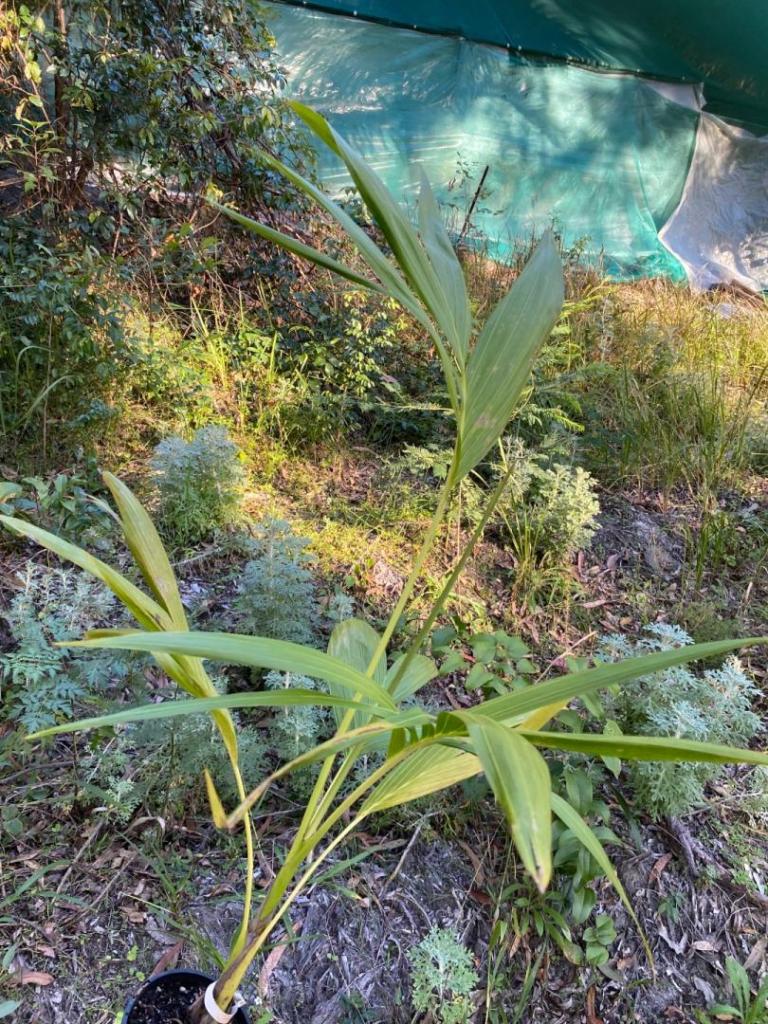













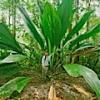




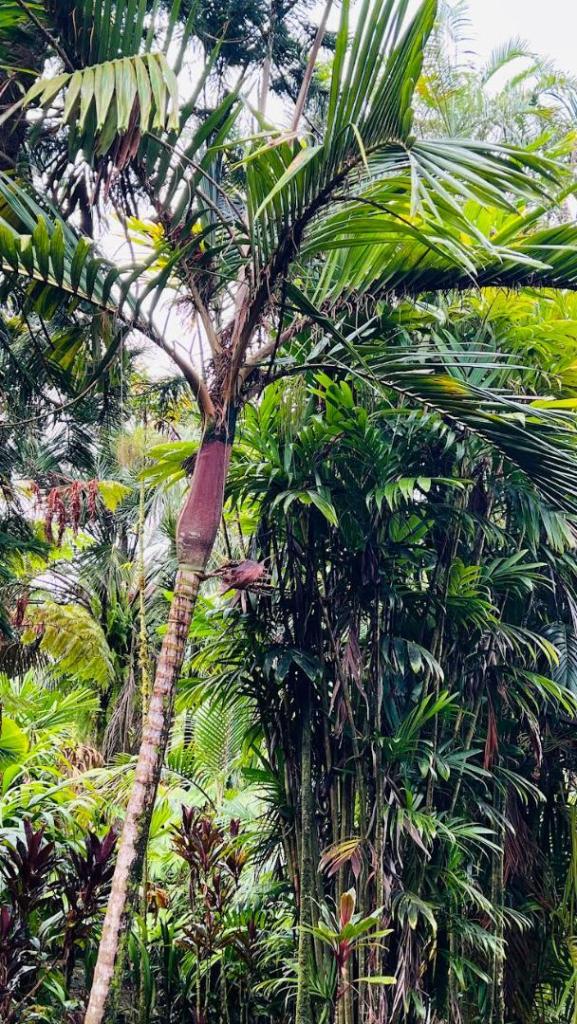





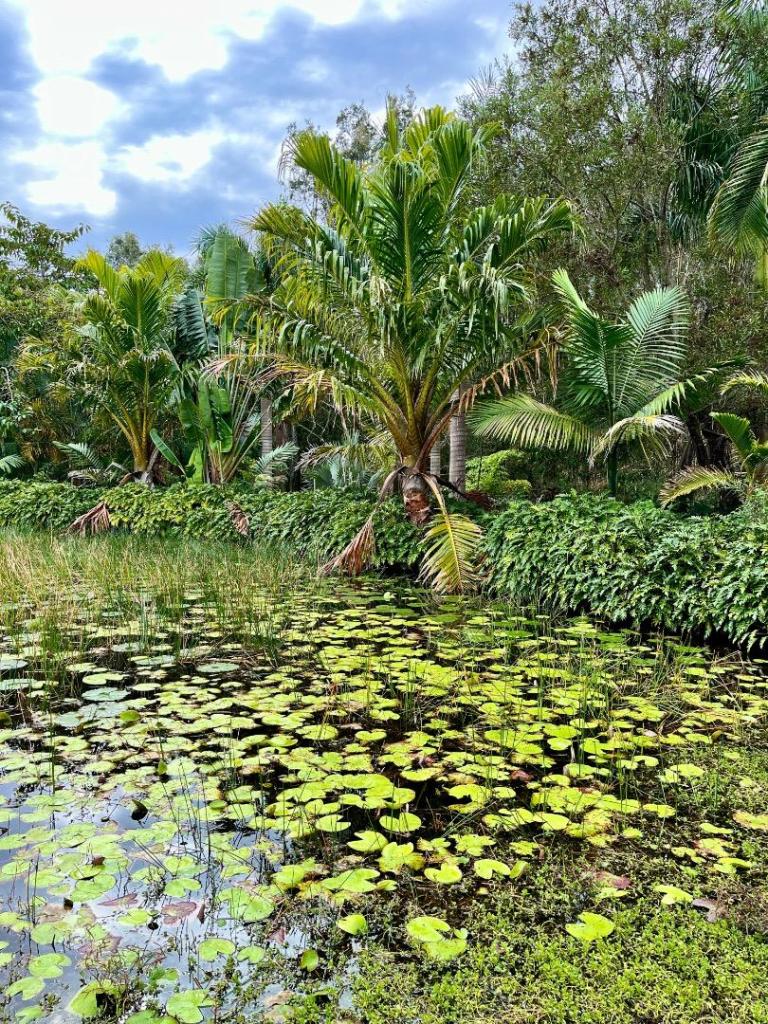





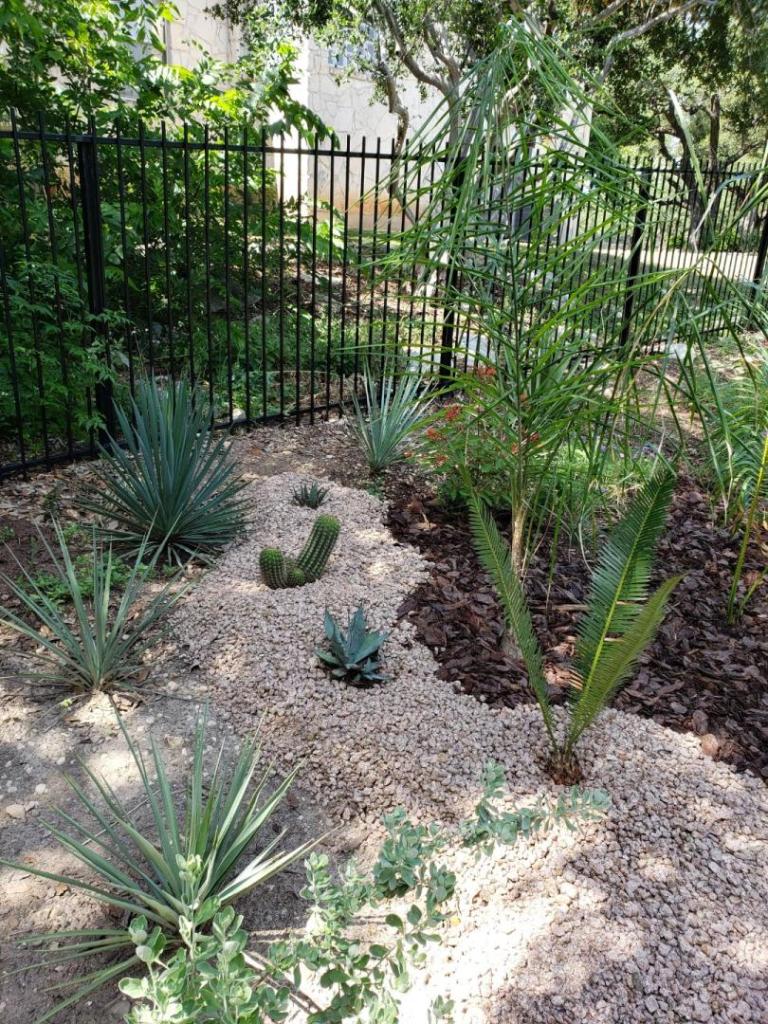
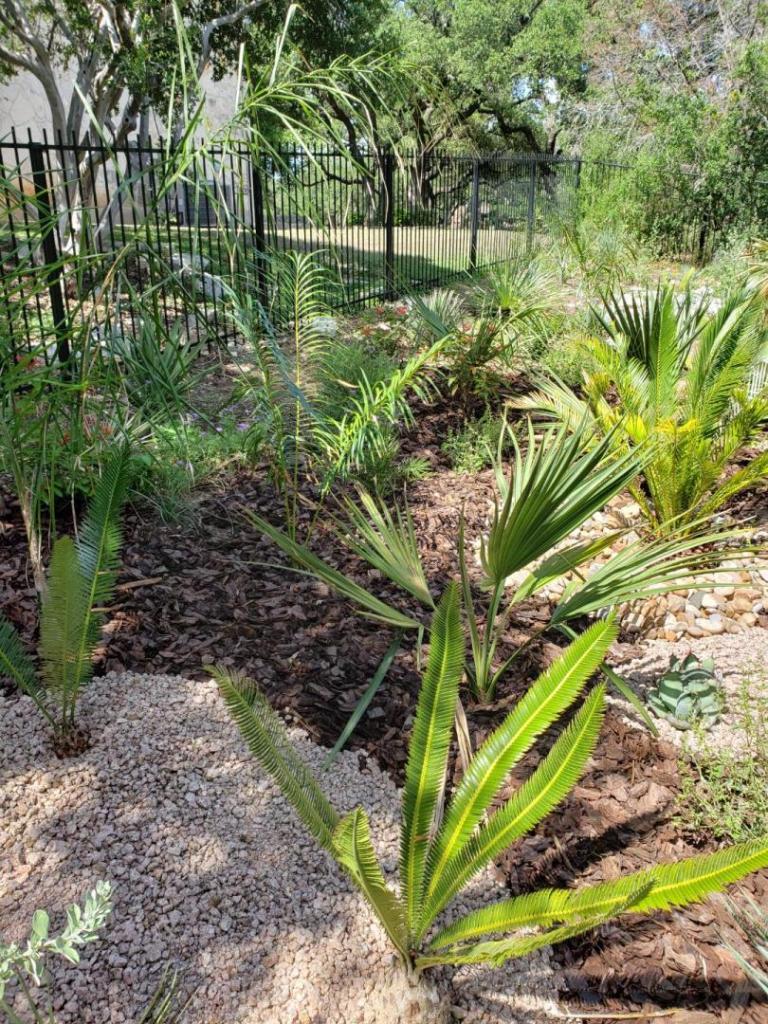












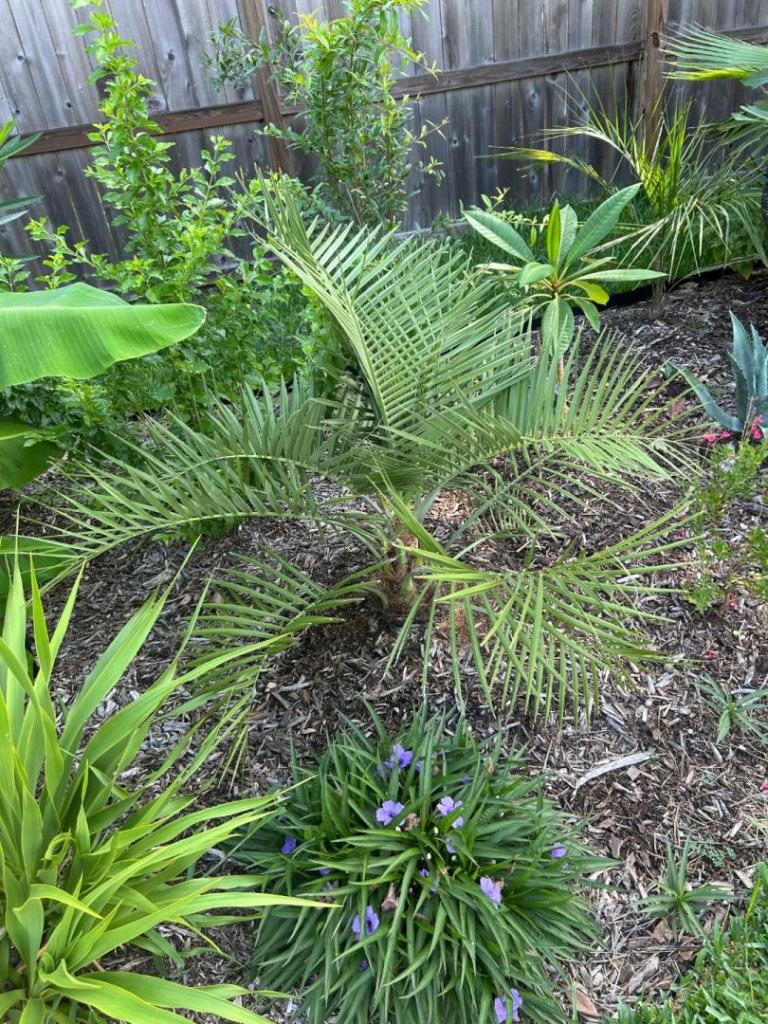




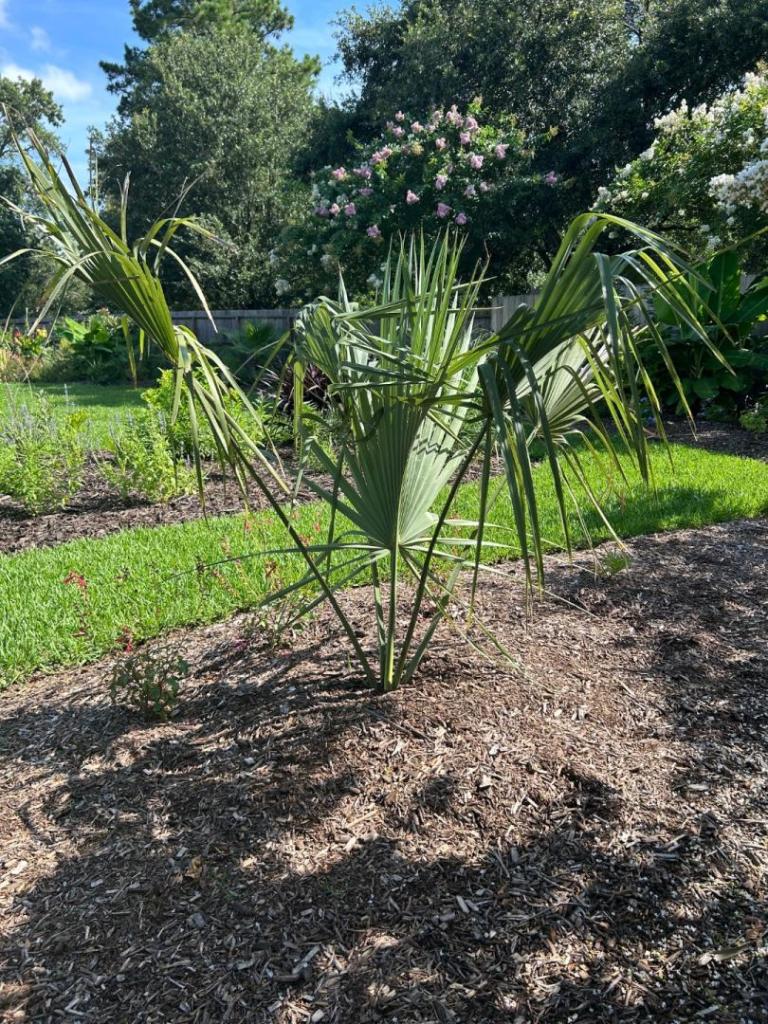
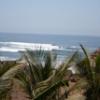






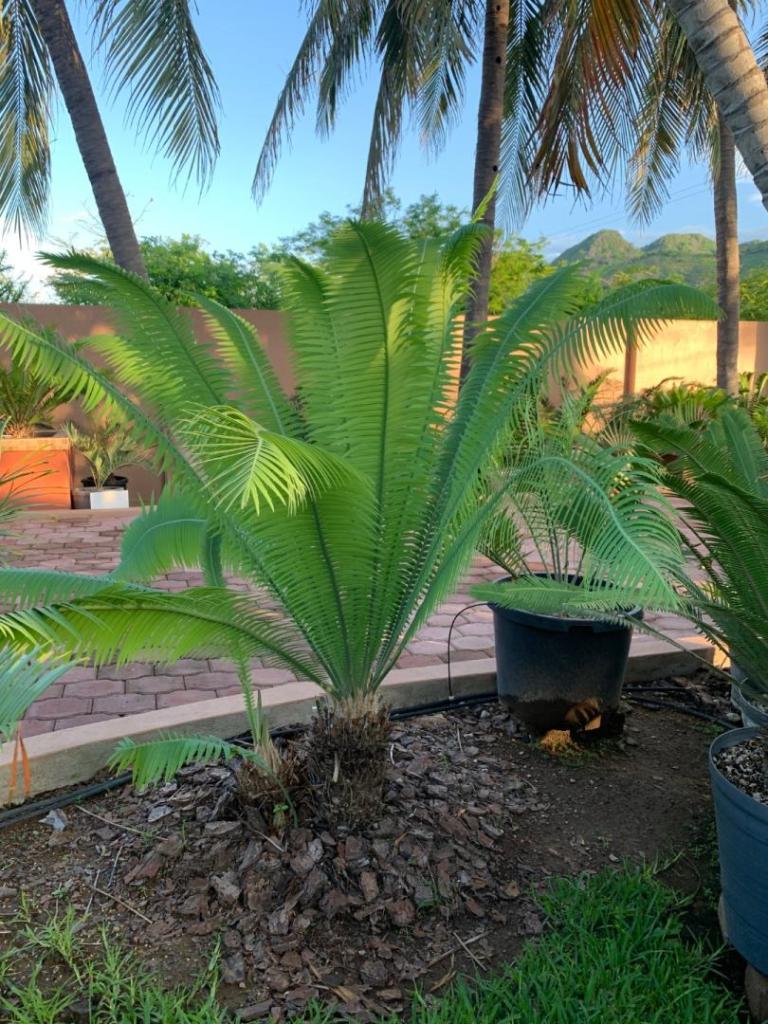











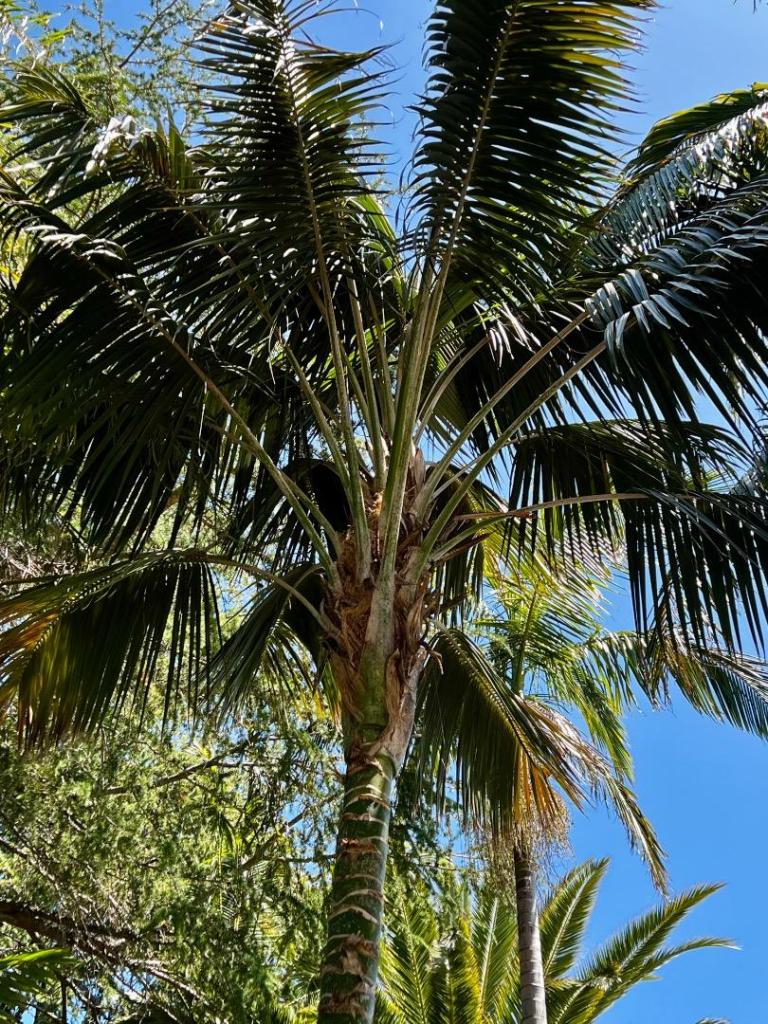



















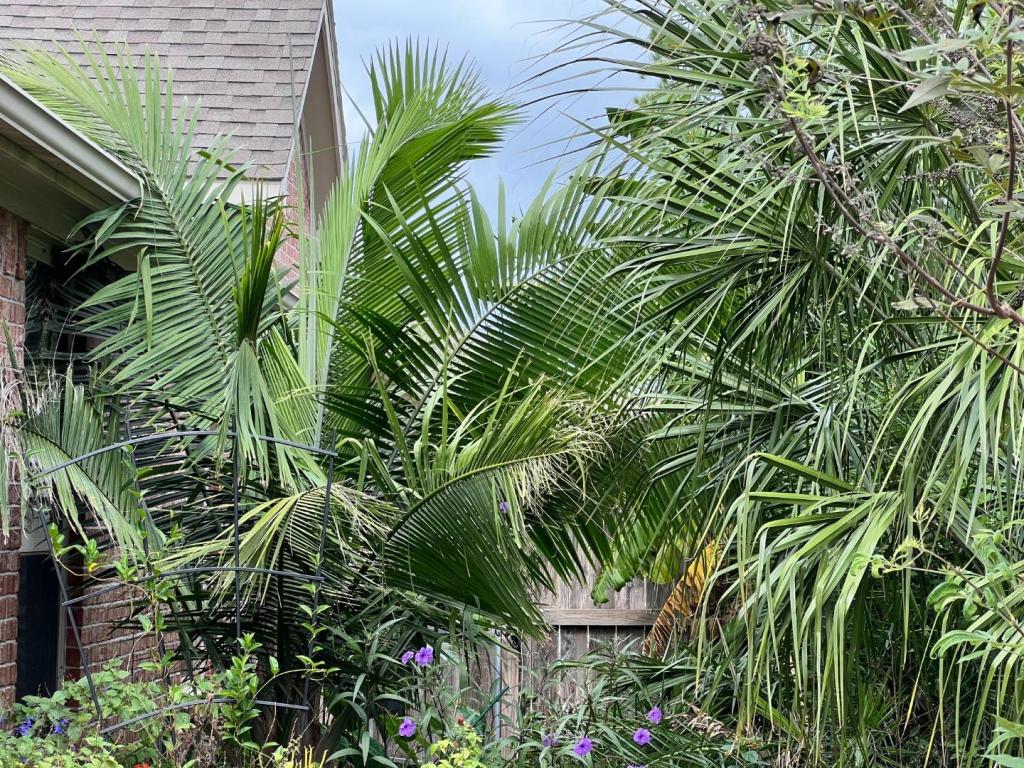
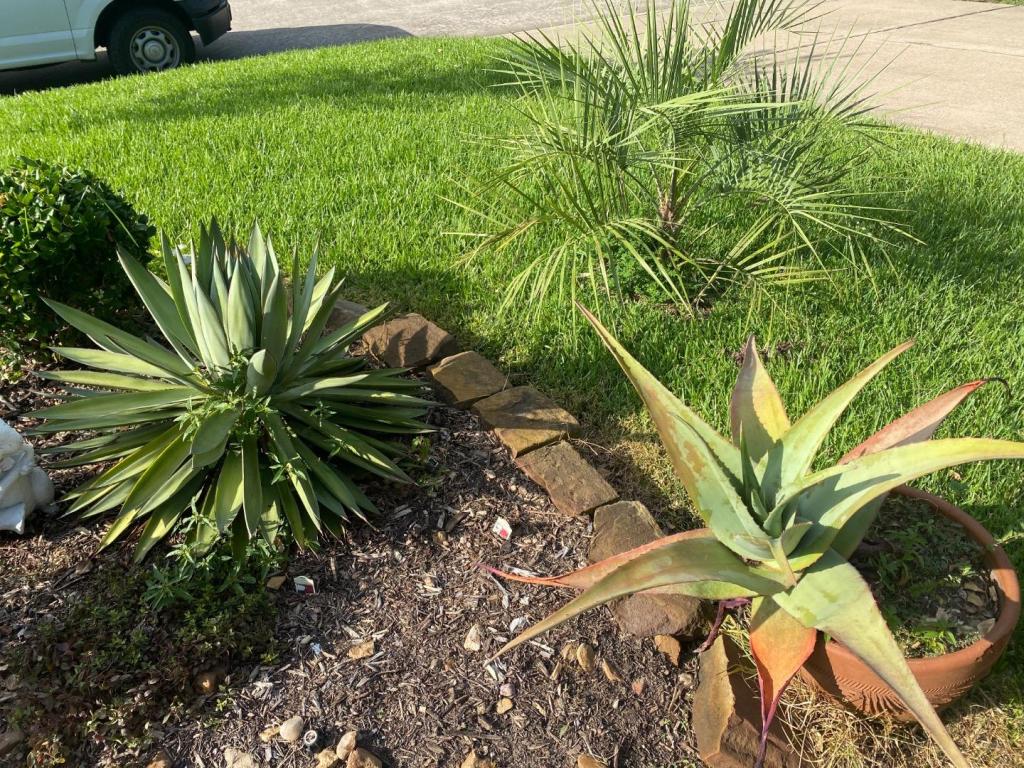






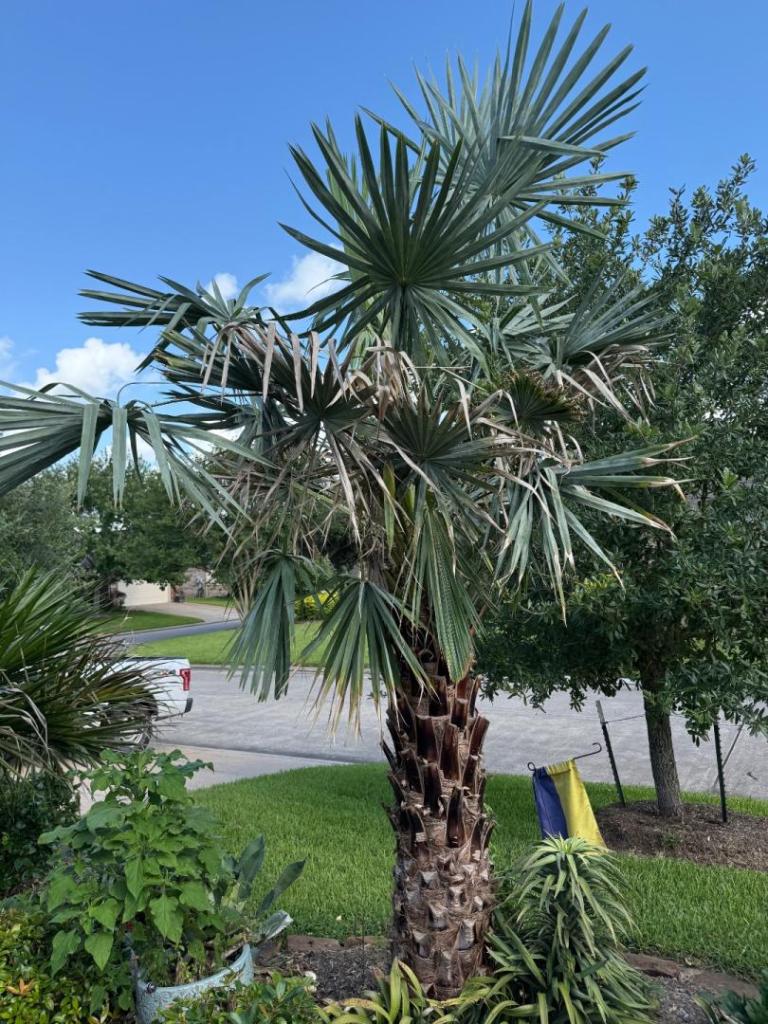

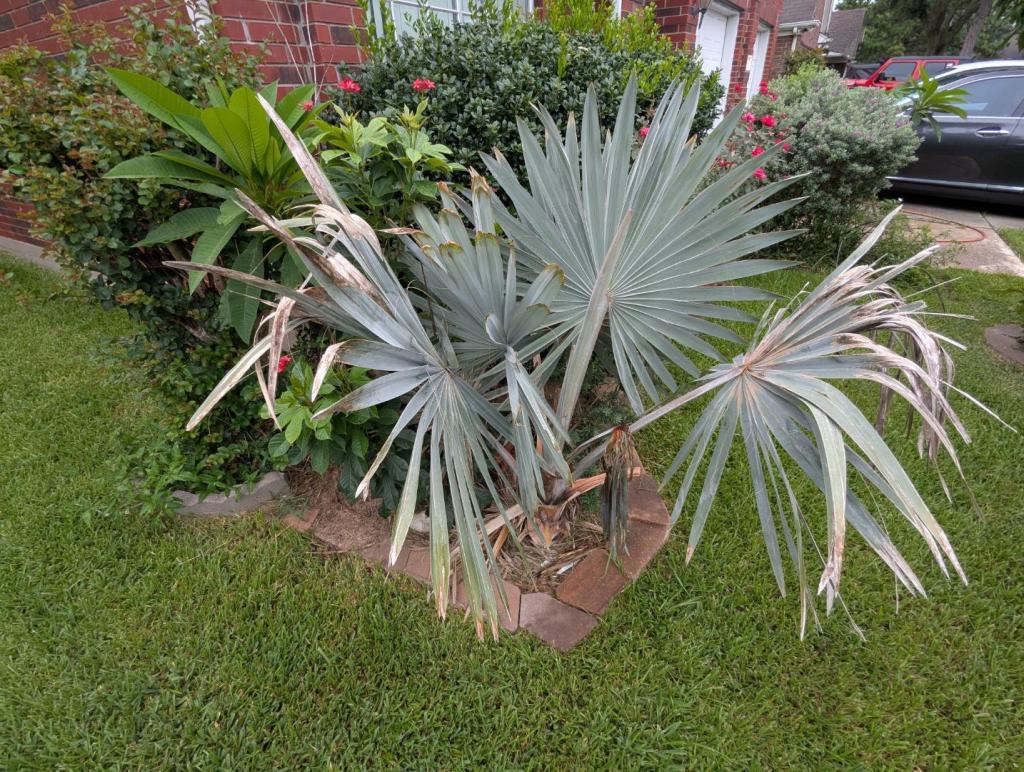
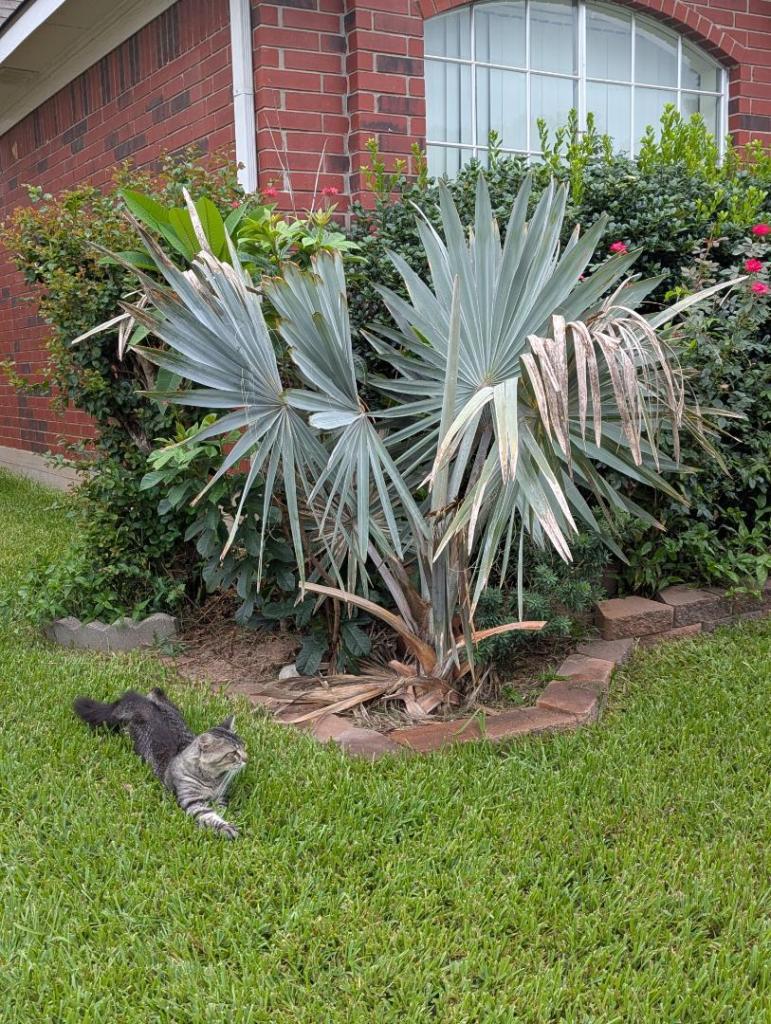







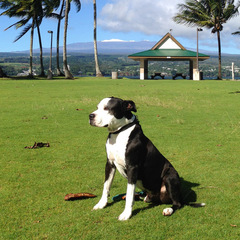


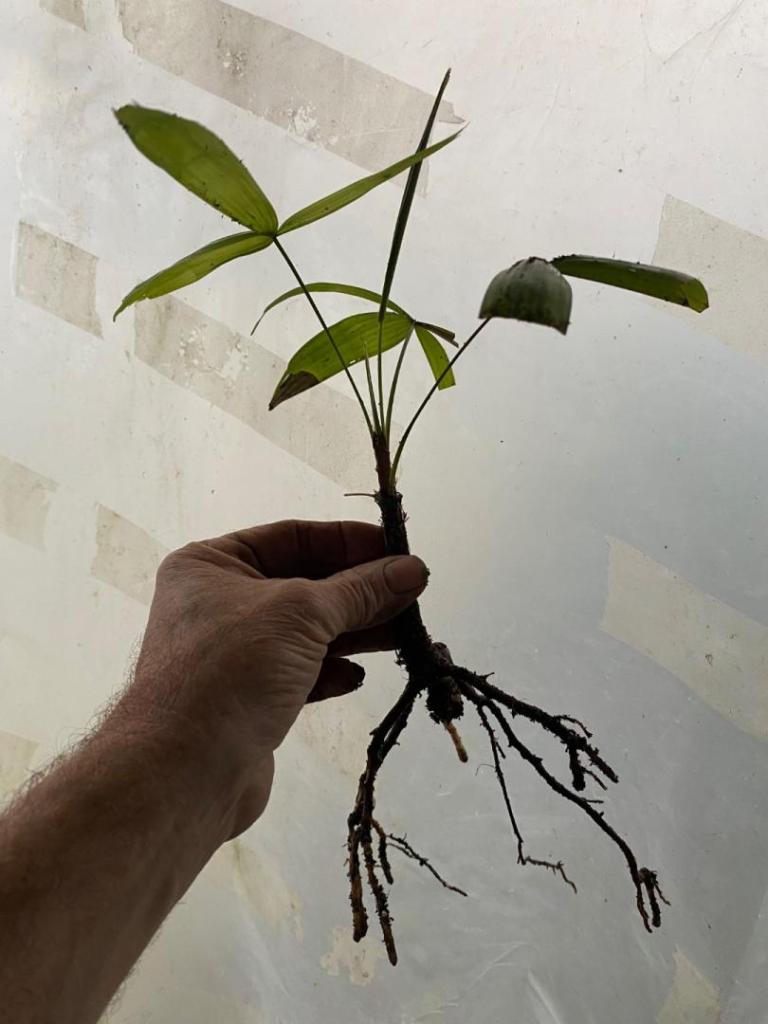



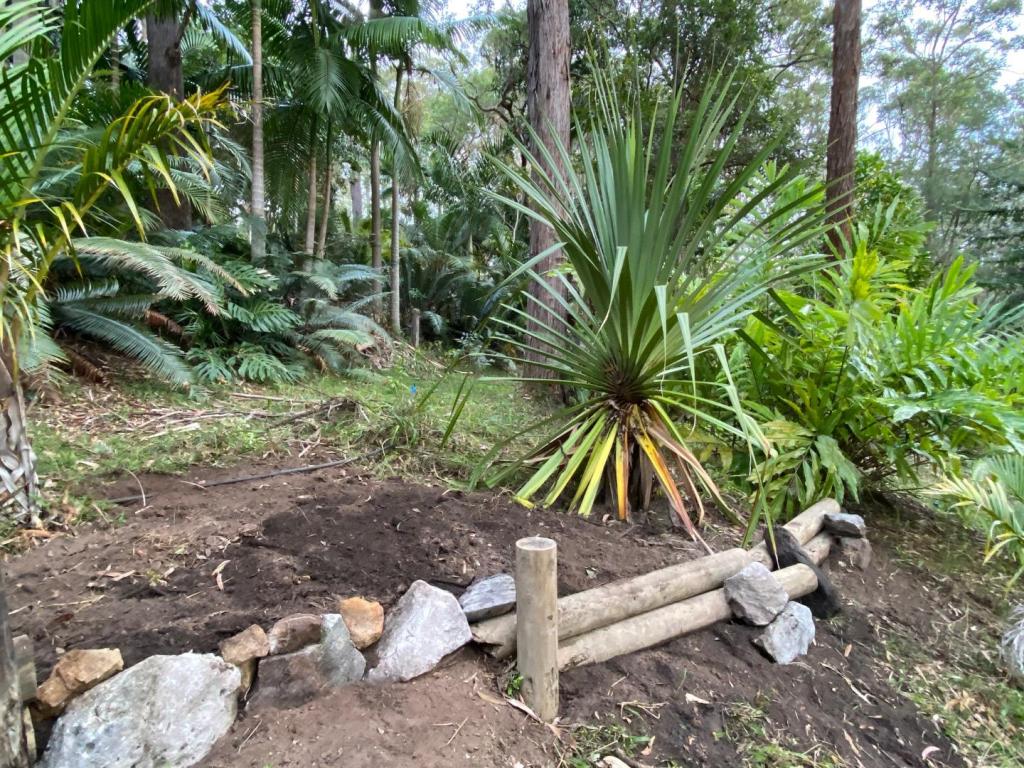




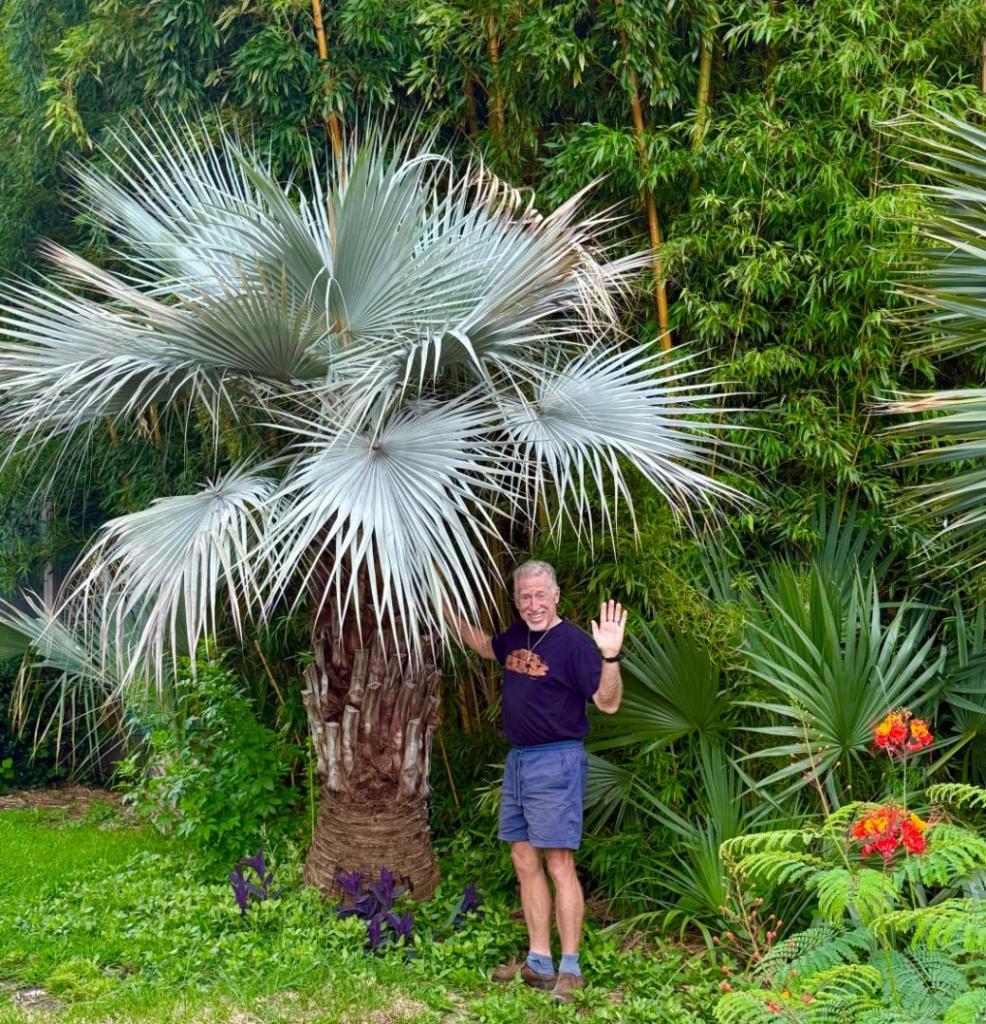









.thumb.jpg.25d035250de42e89fa773b0297f0104a.jpg)

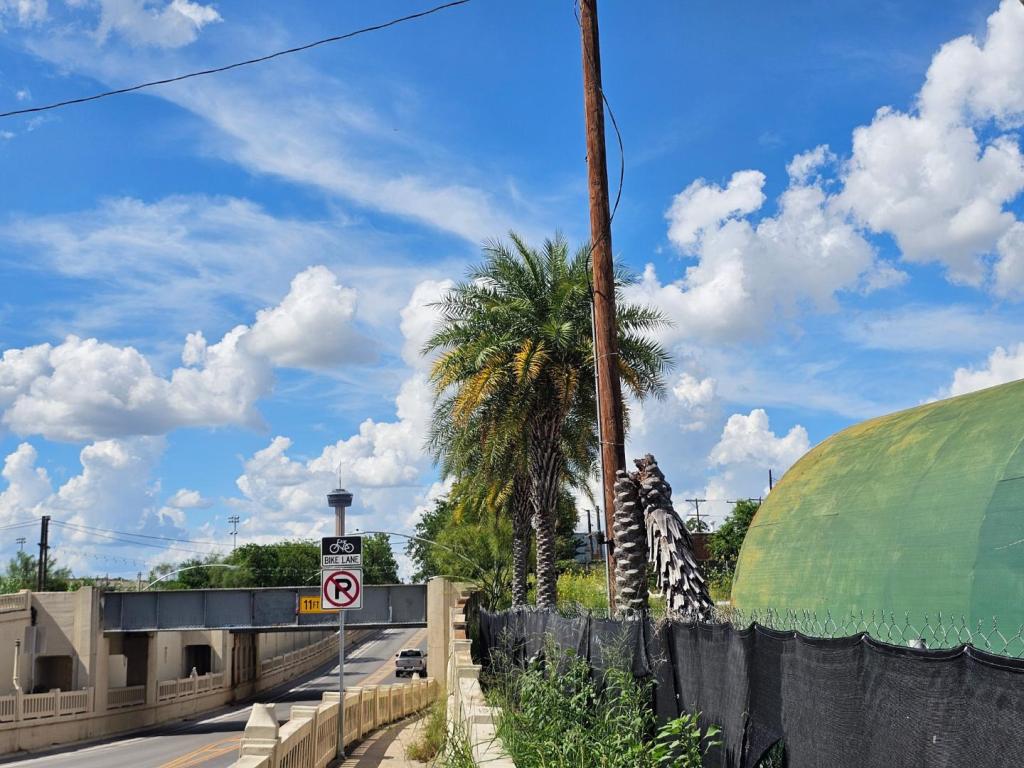



.thumb.jpg.040011d3d5203a9f311c252aca7a52d9.jpg)

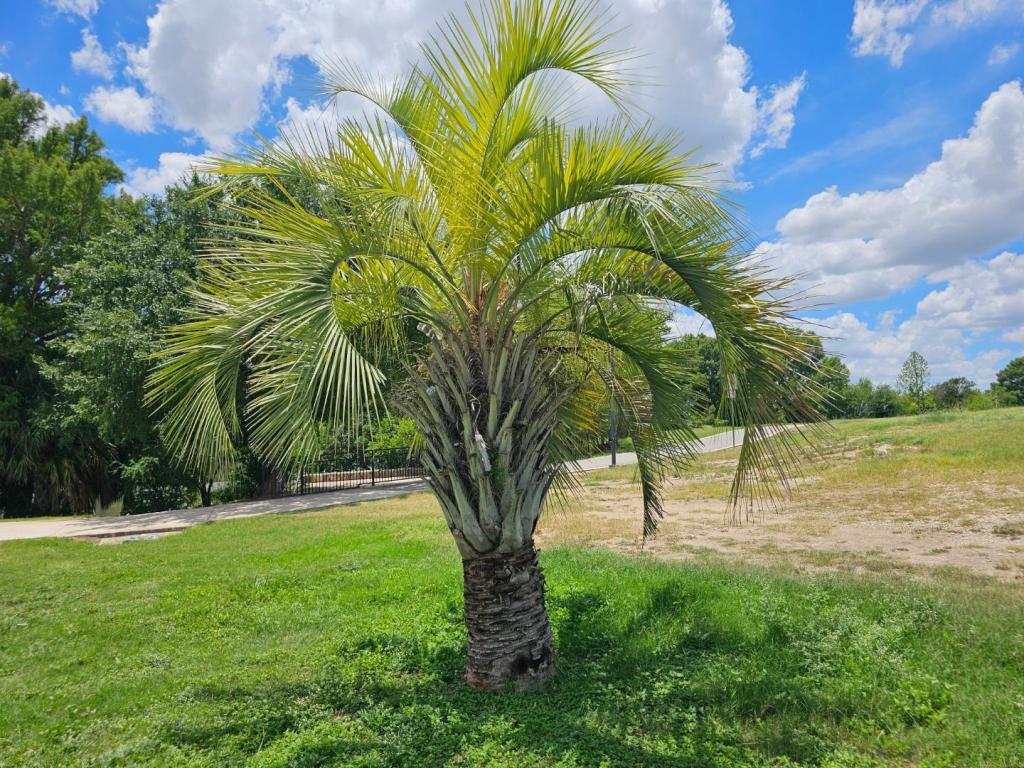



.thumb.jpg.476fea658dabc36120416d51f67a61e7.jpg)




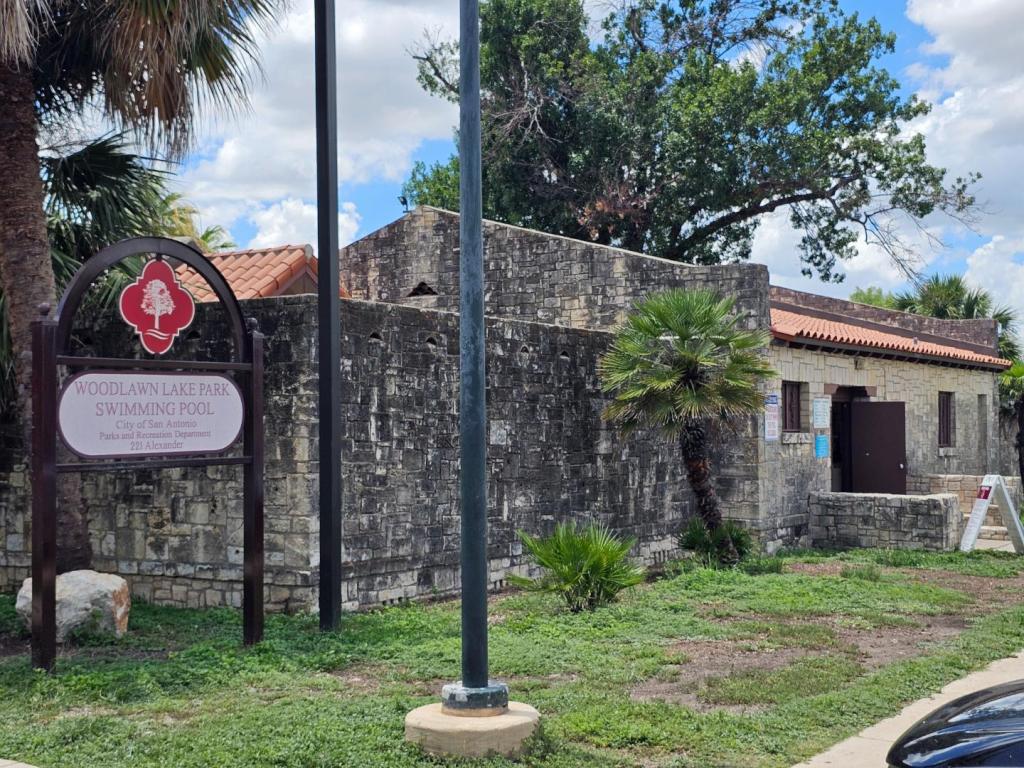




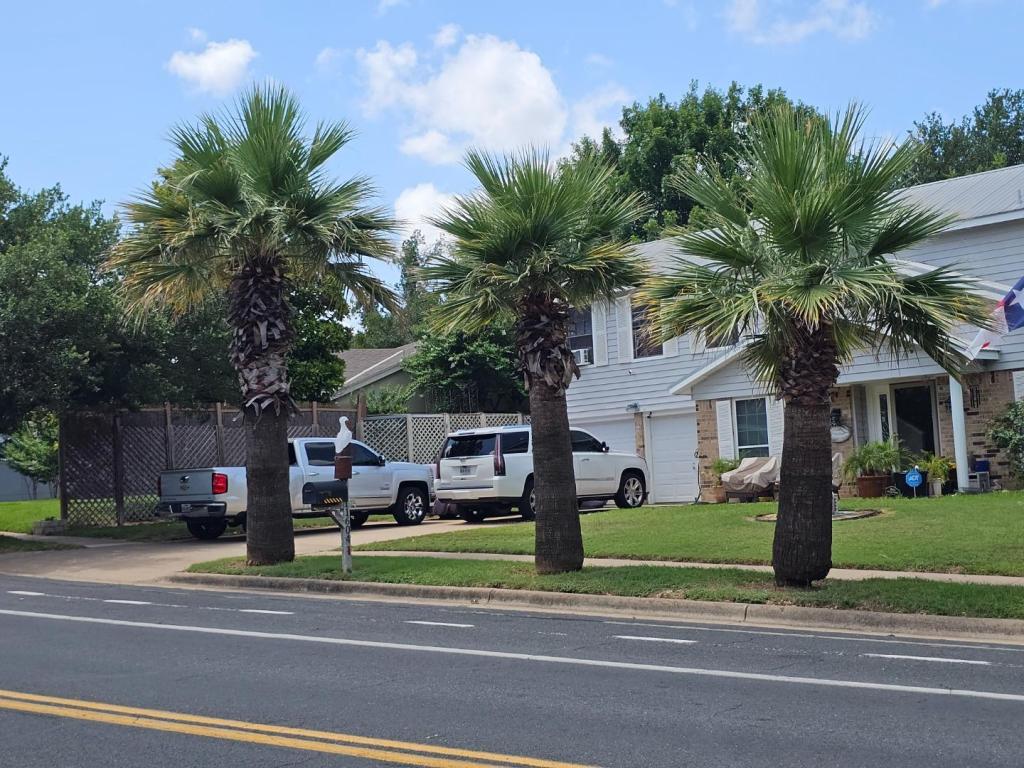


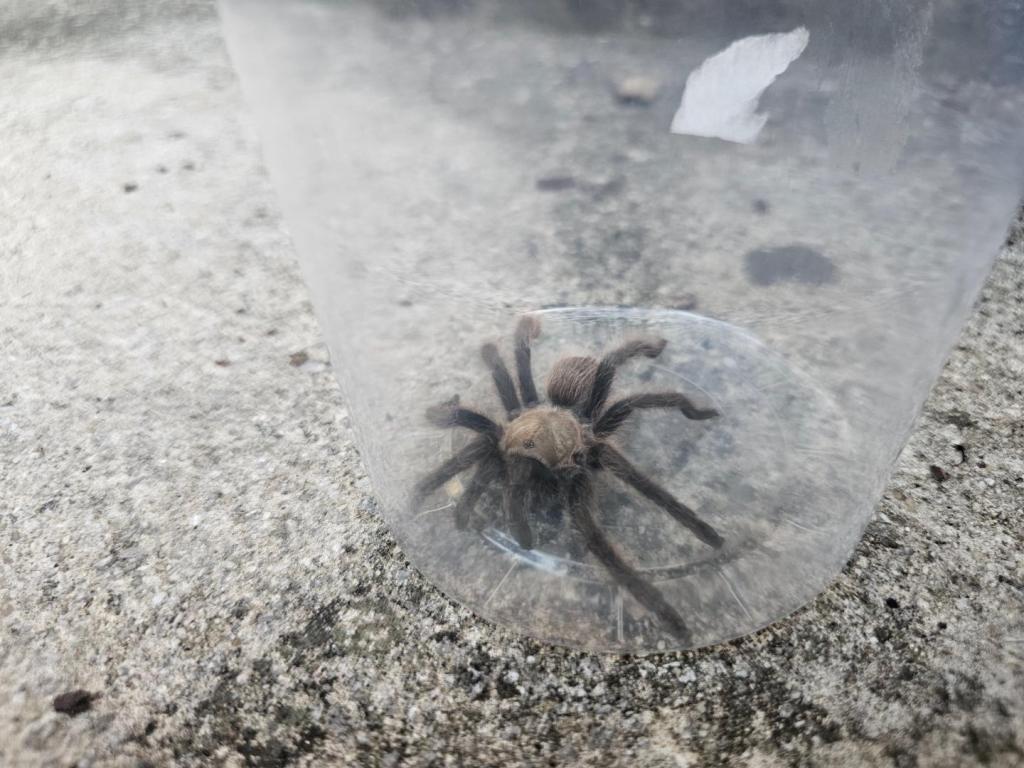
.thumb.jpg.5a0e448bd44f8256b378eb43ca32d4f8.jpg)



.thumb.jpg.d0d5f2c793bccf3361974880c2ff7778.jpg)






